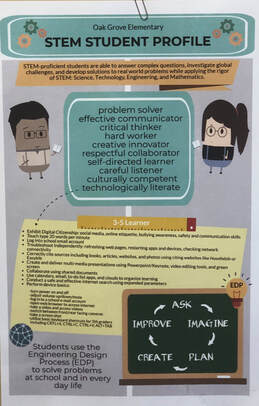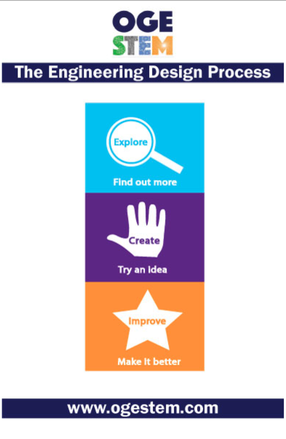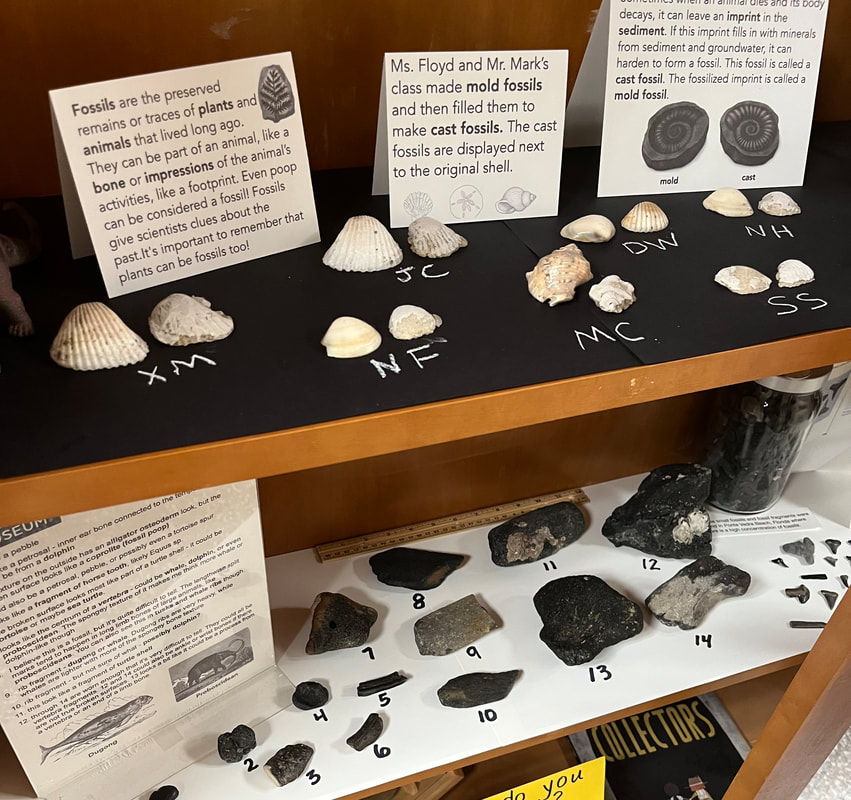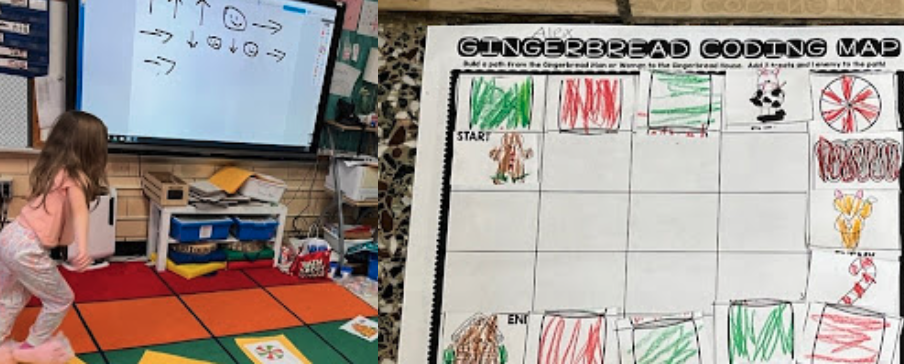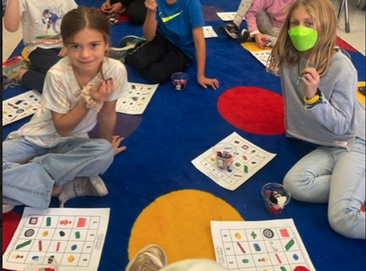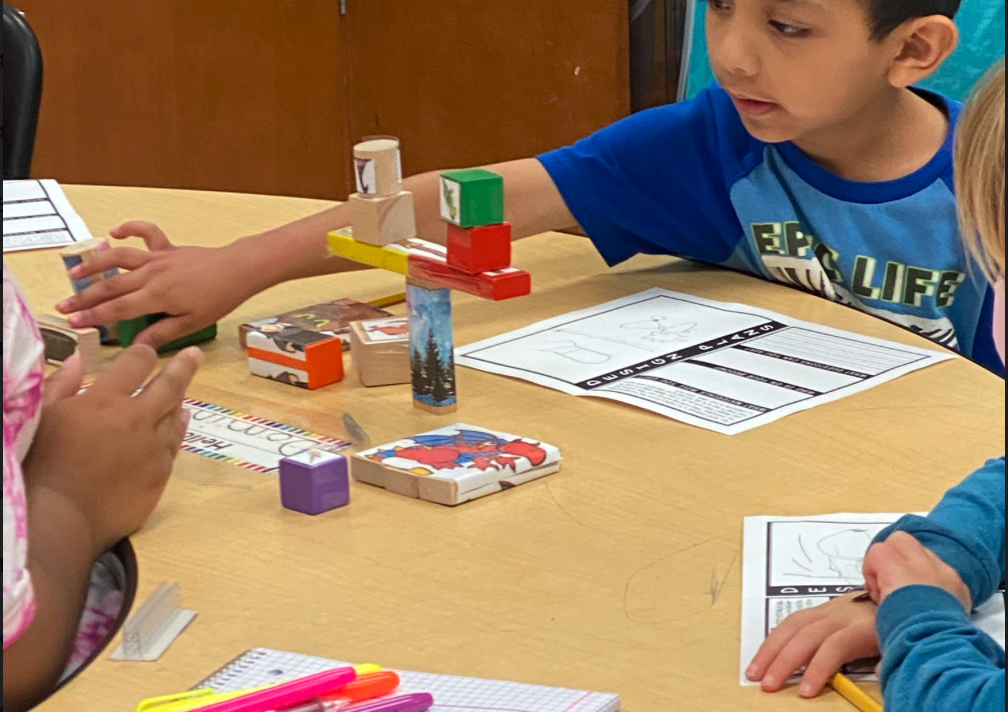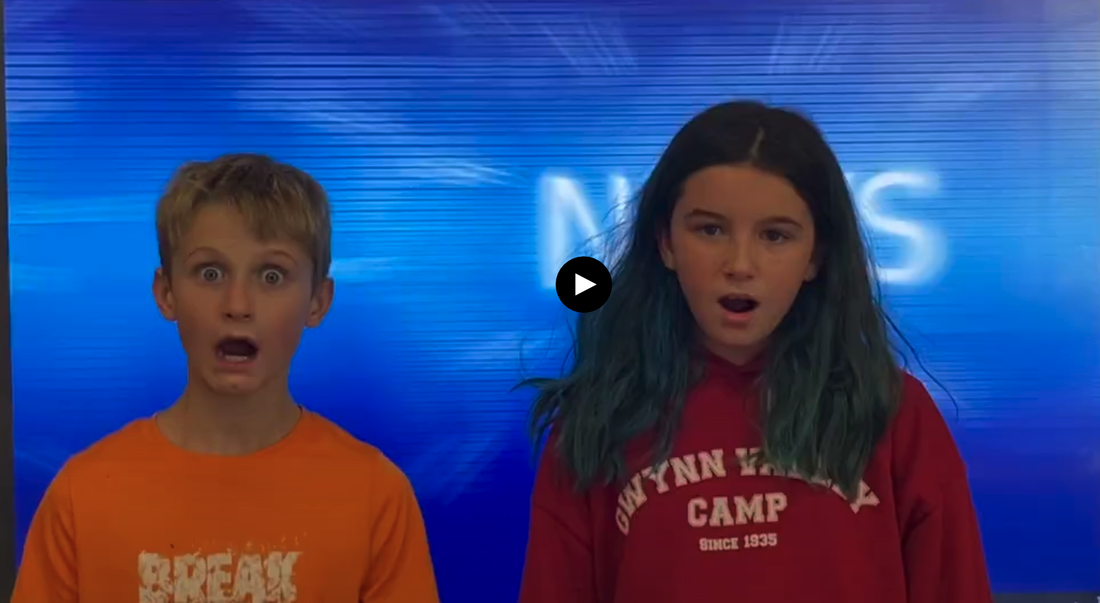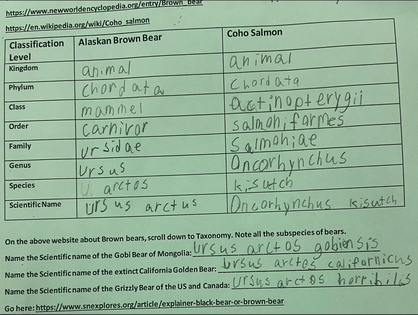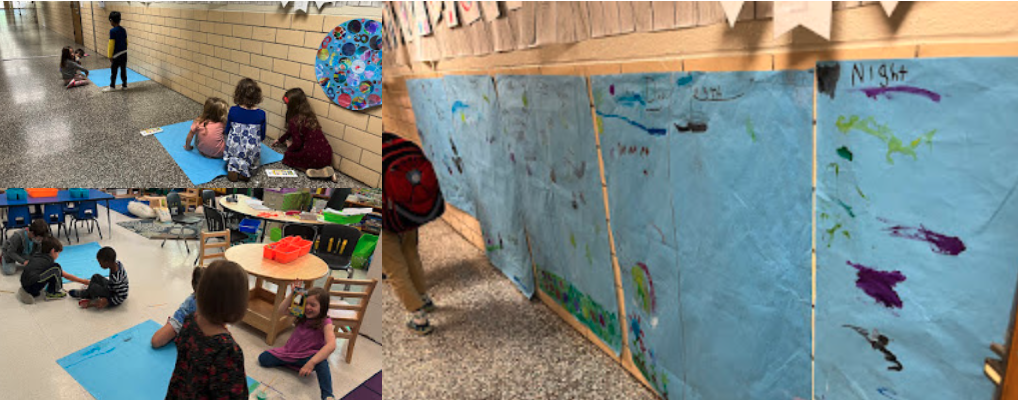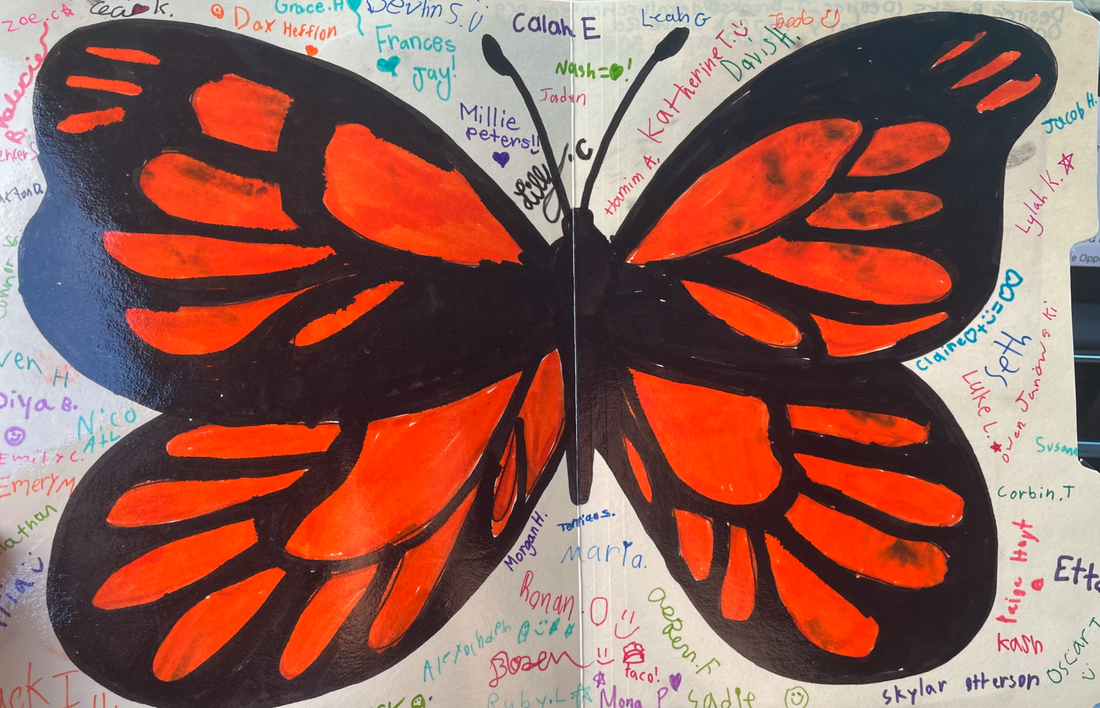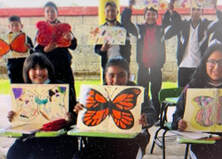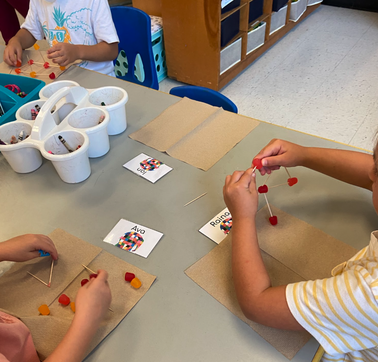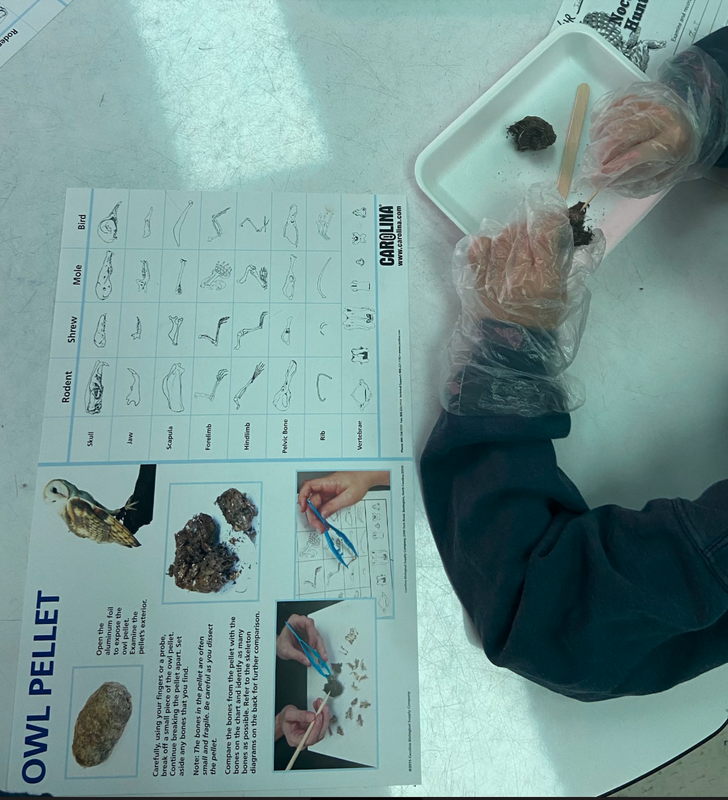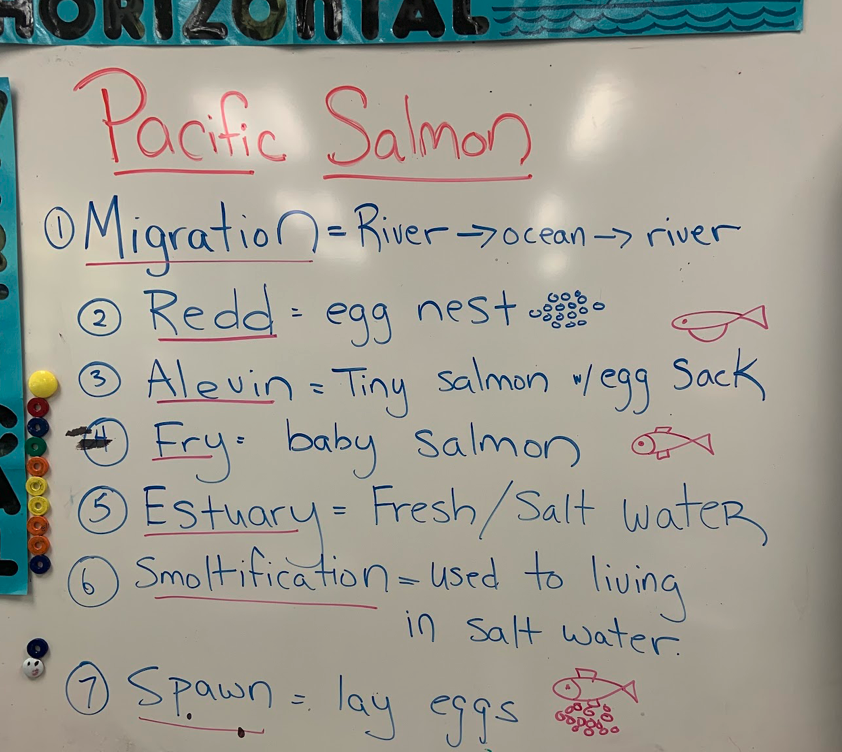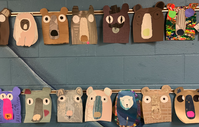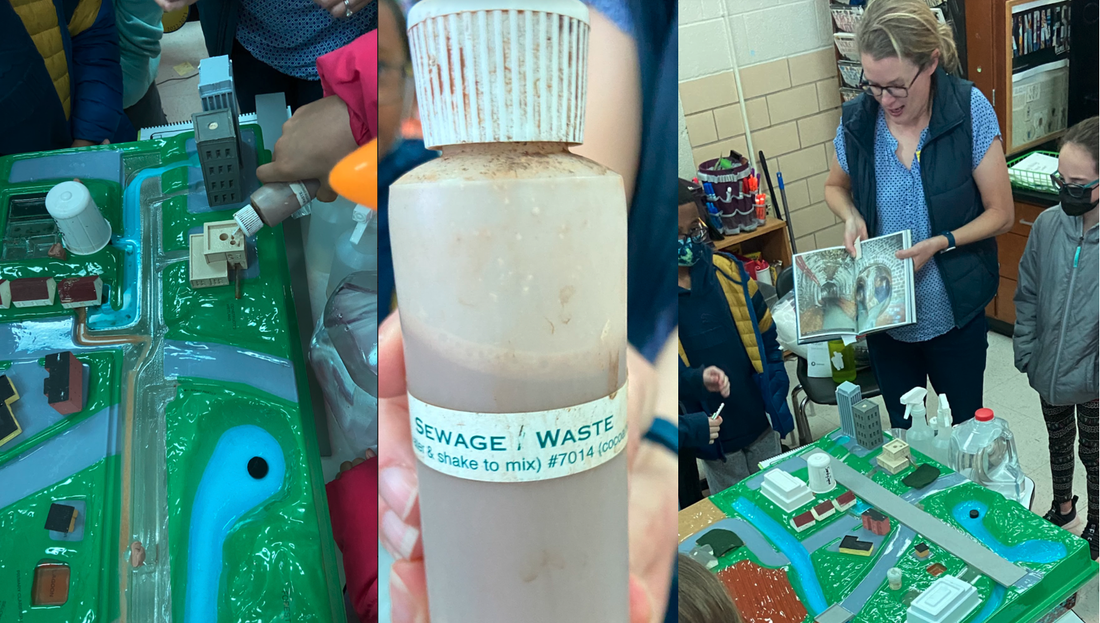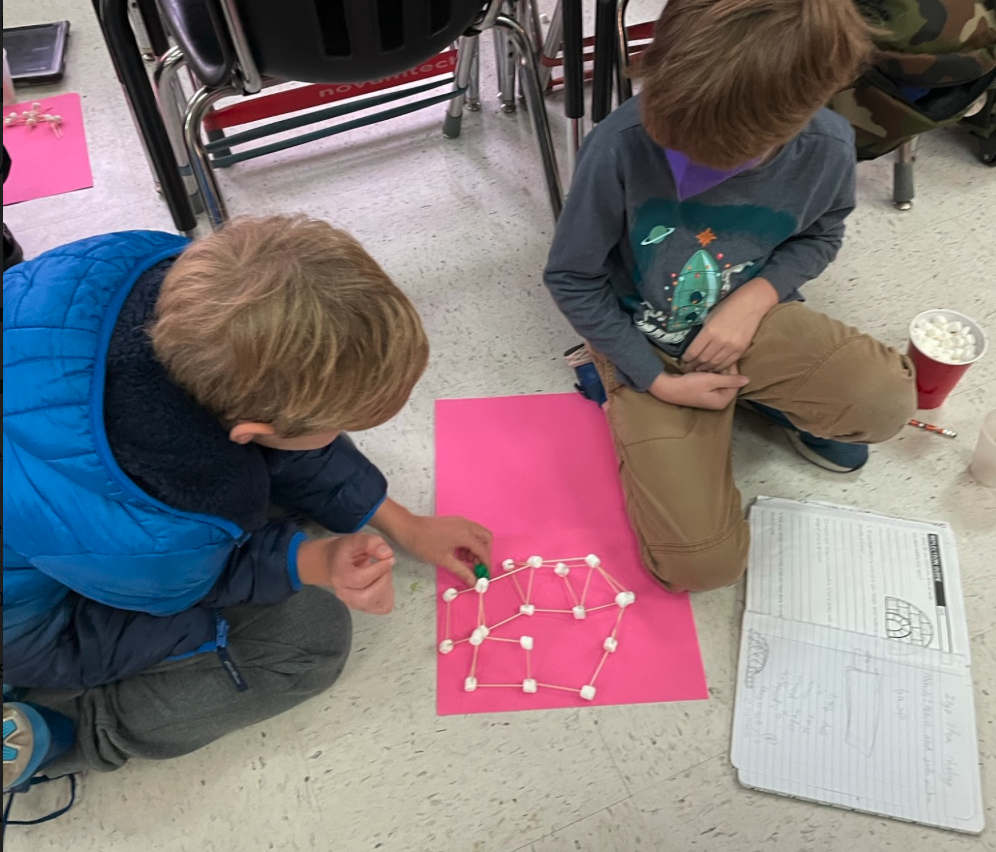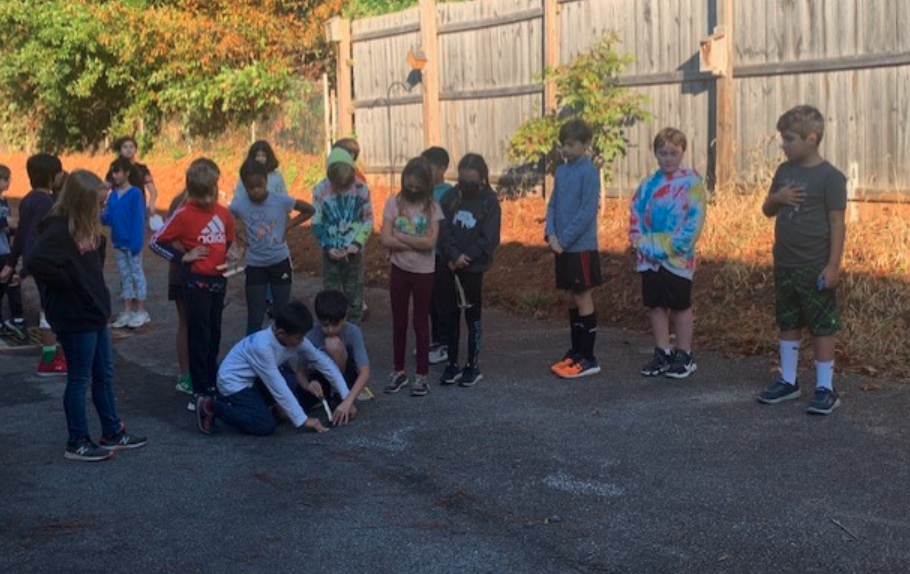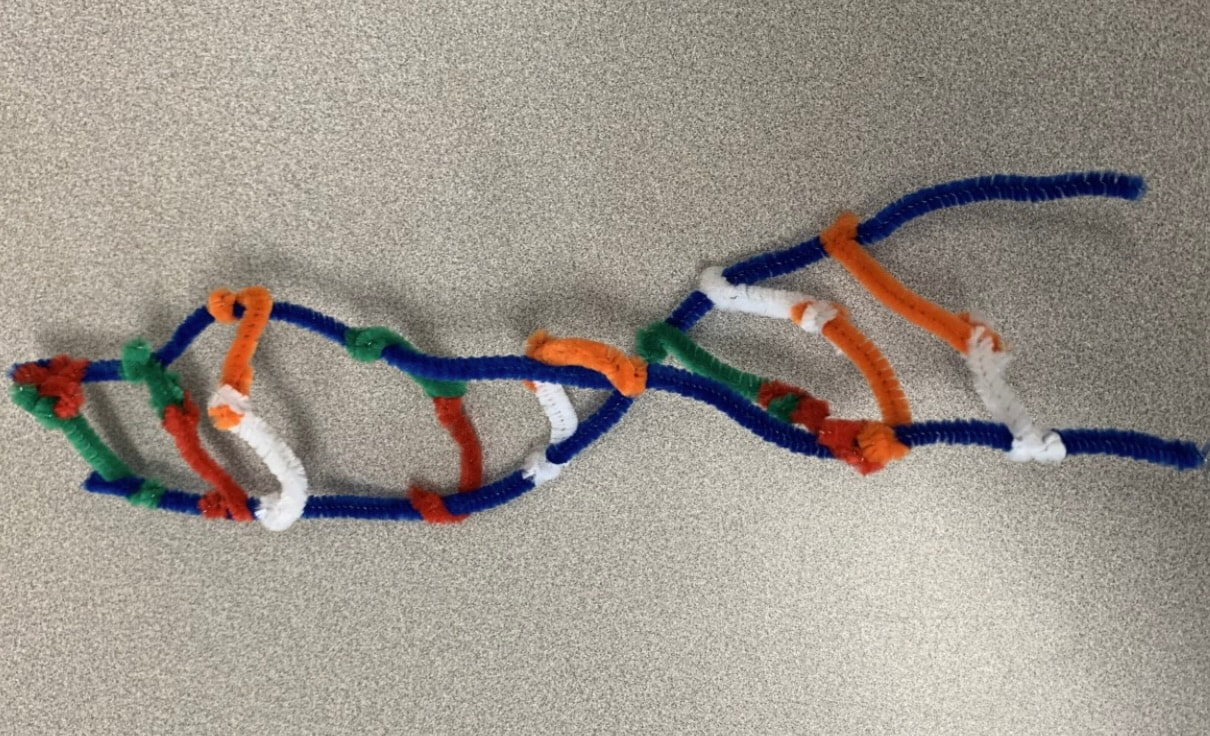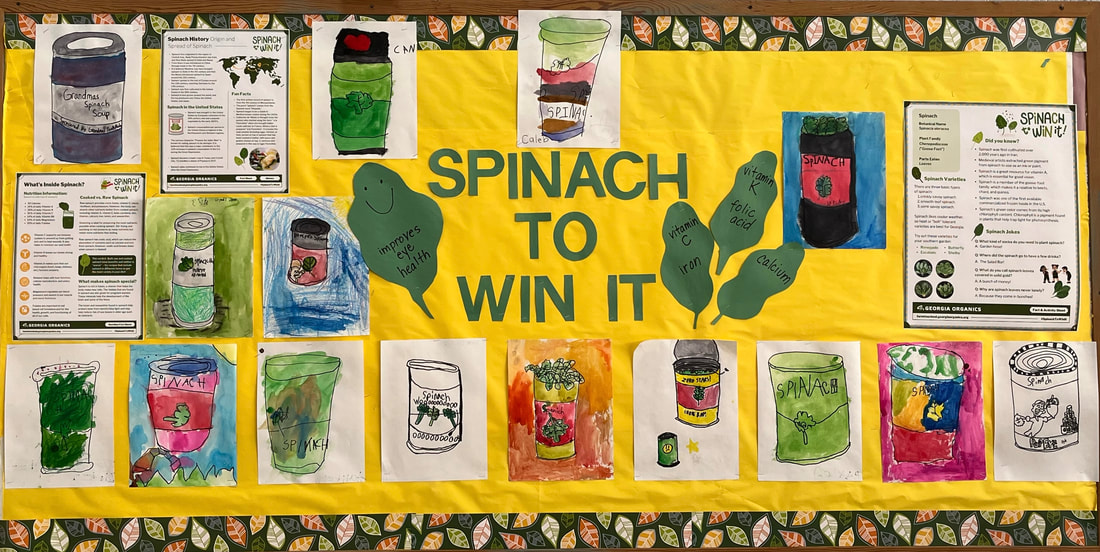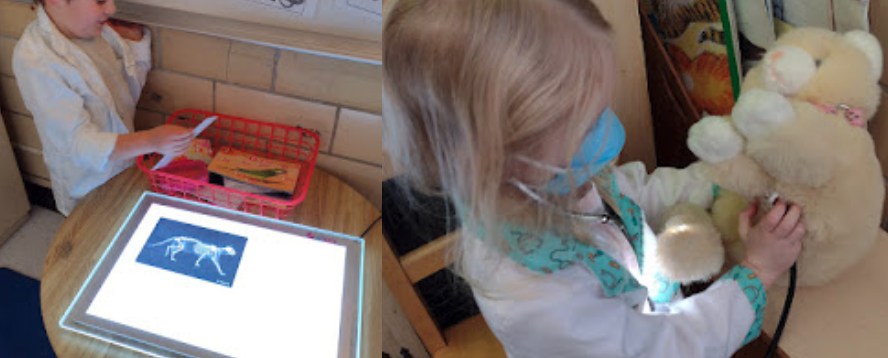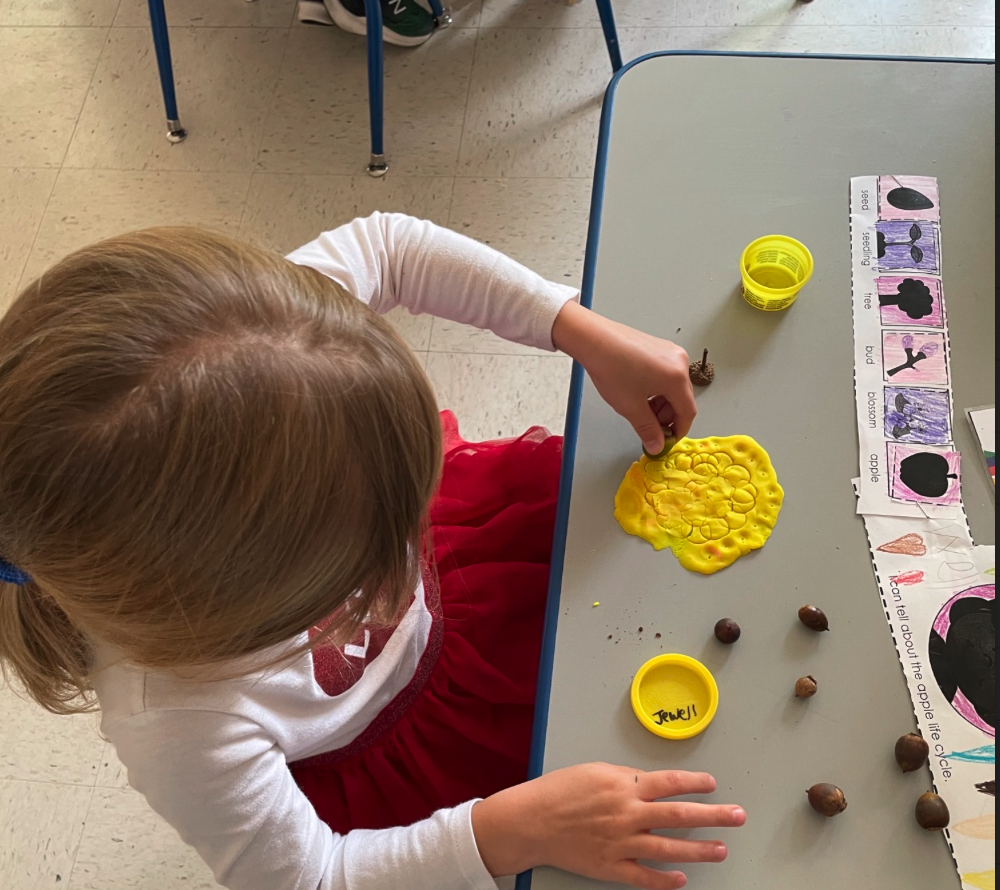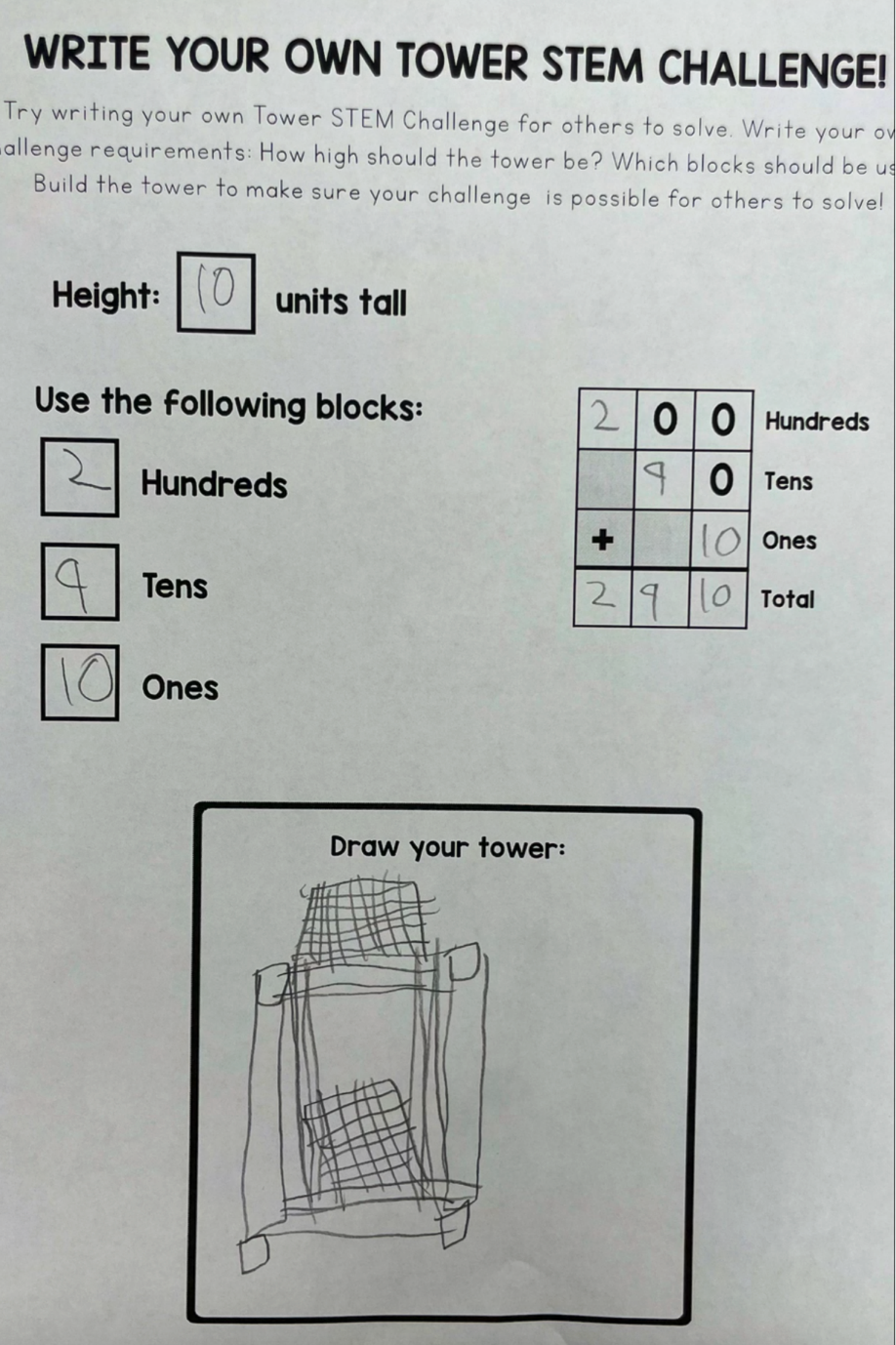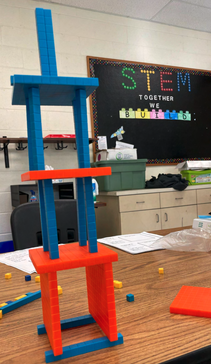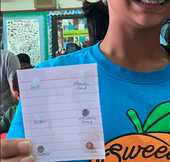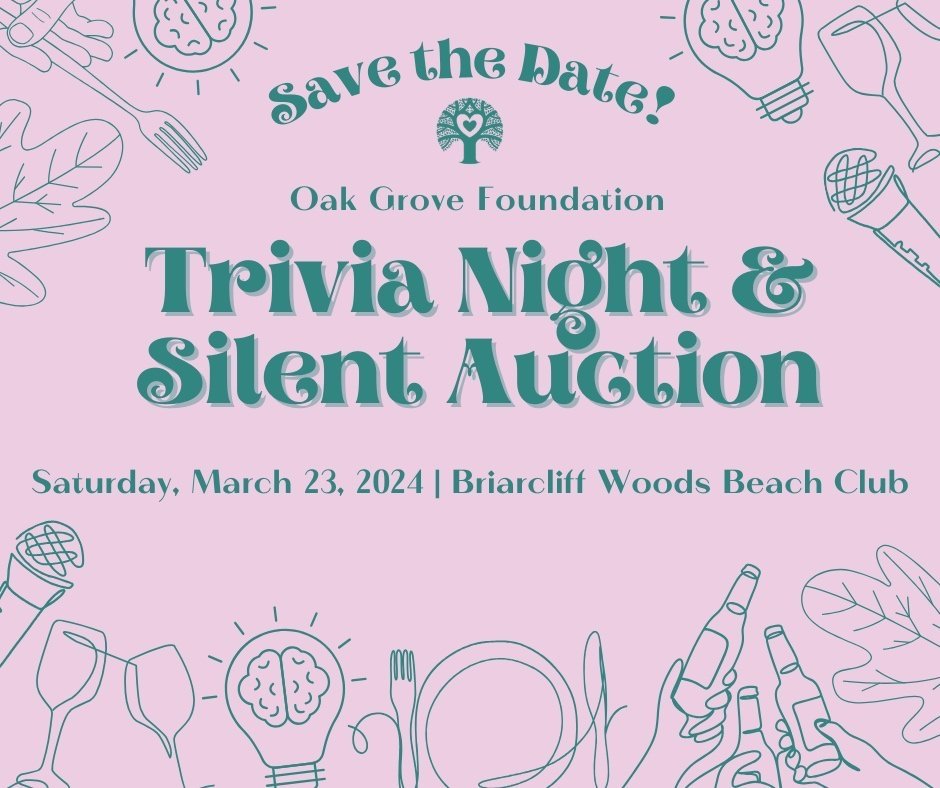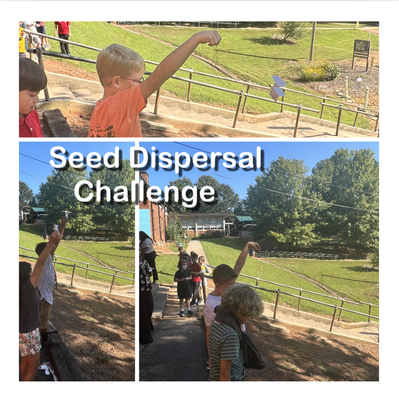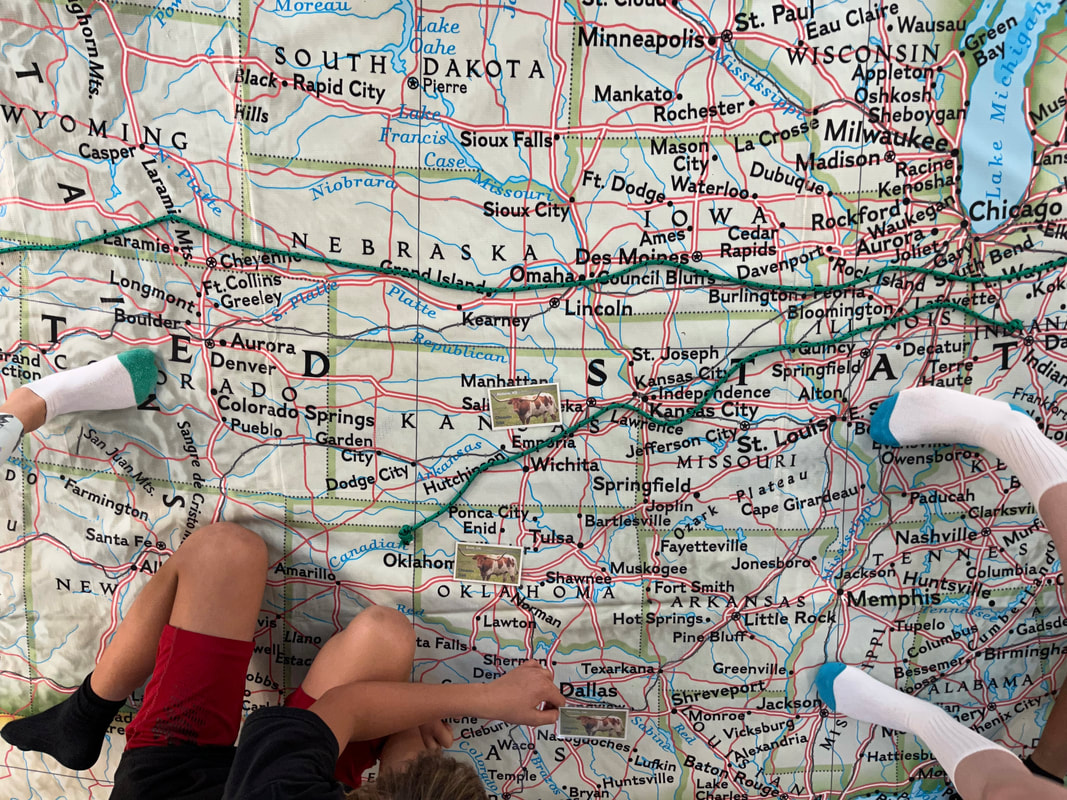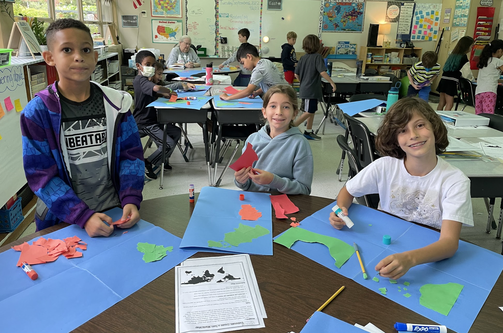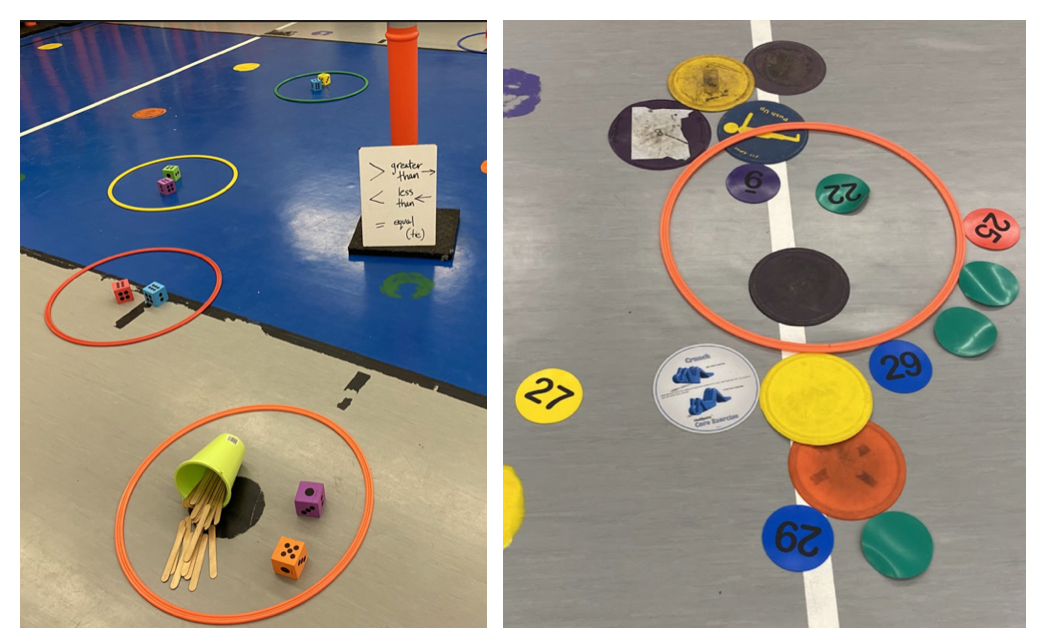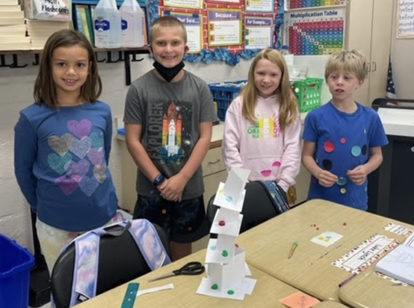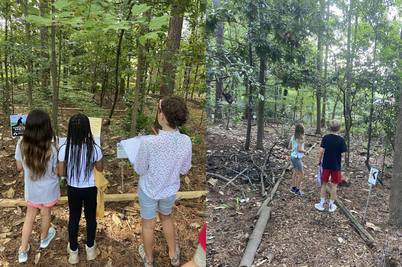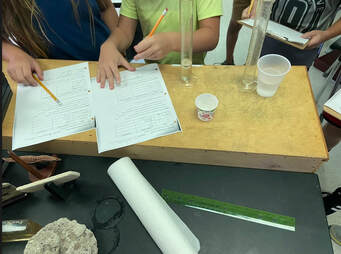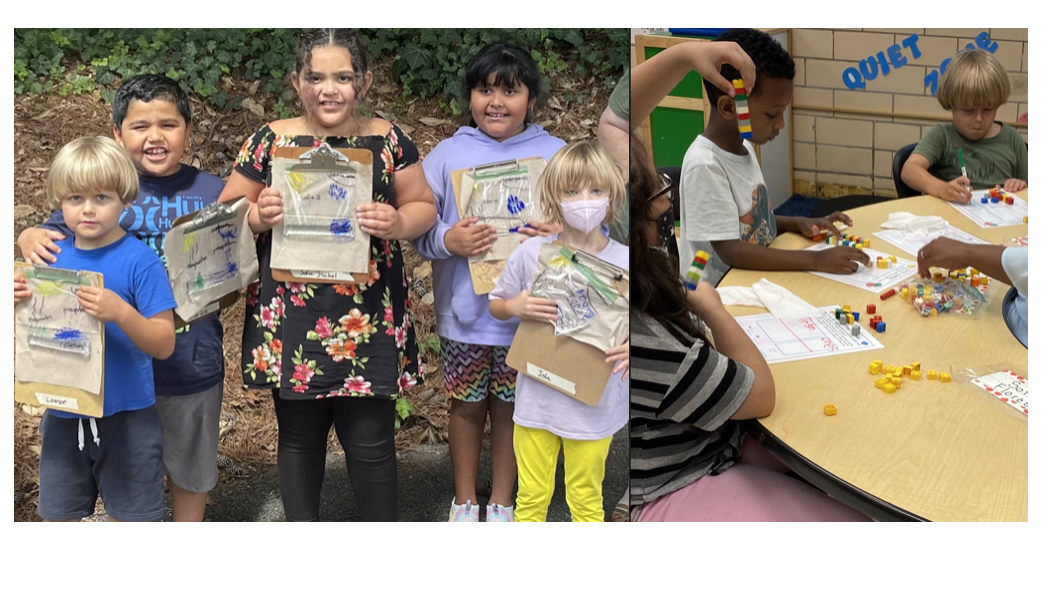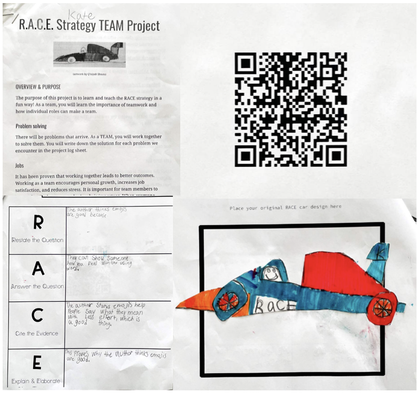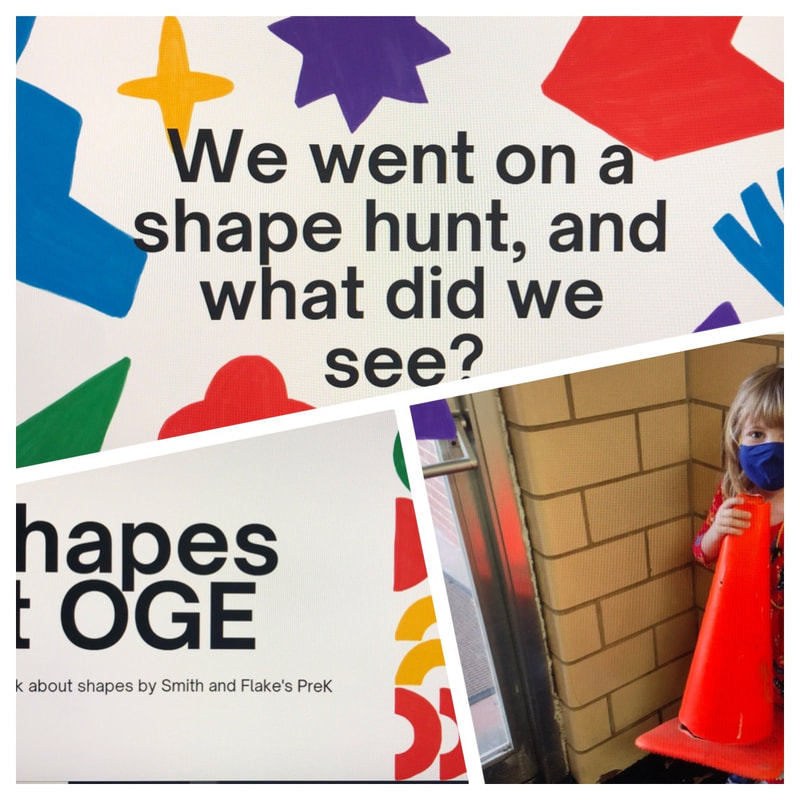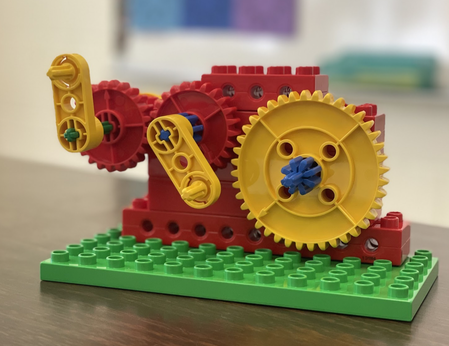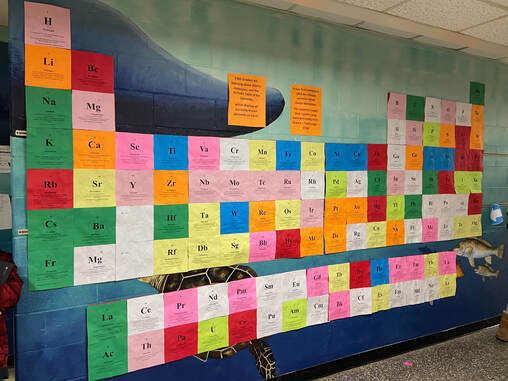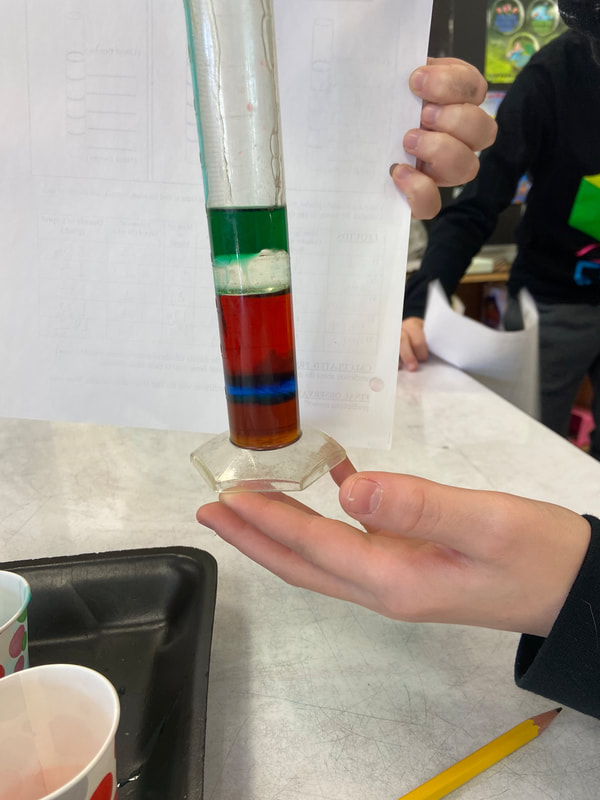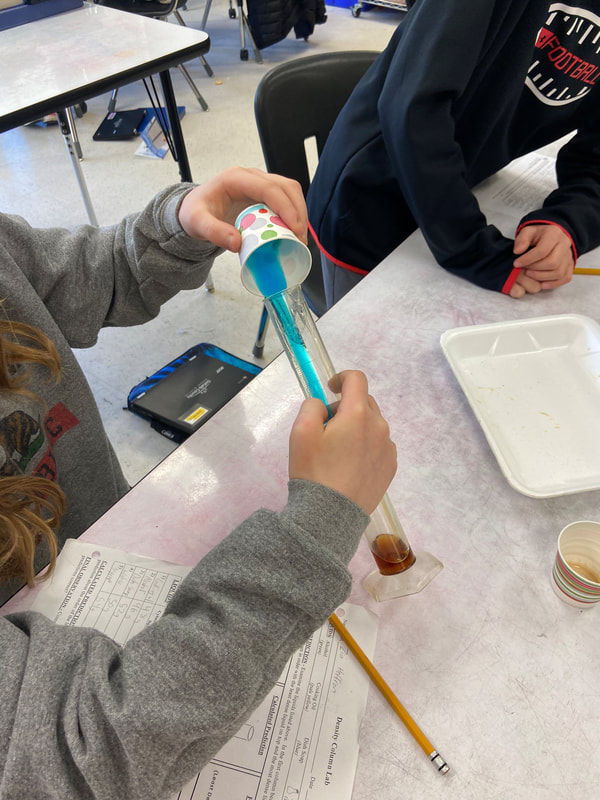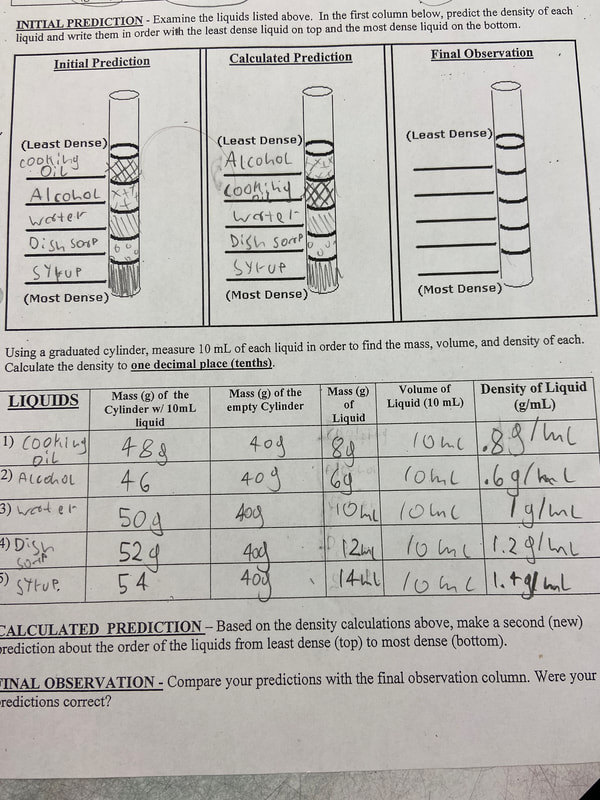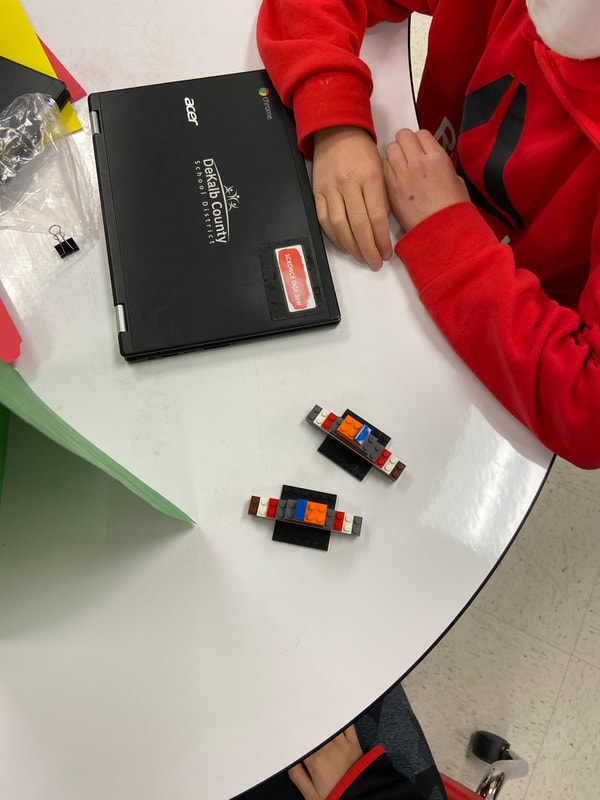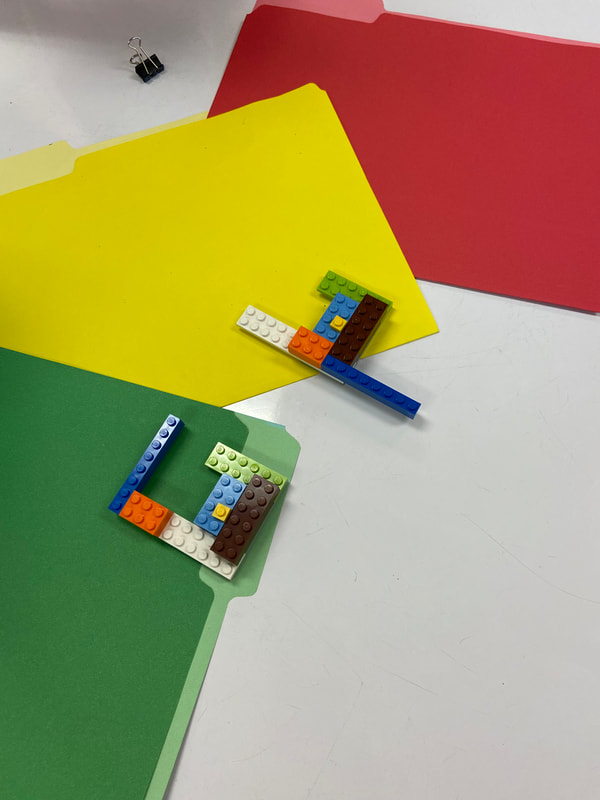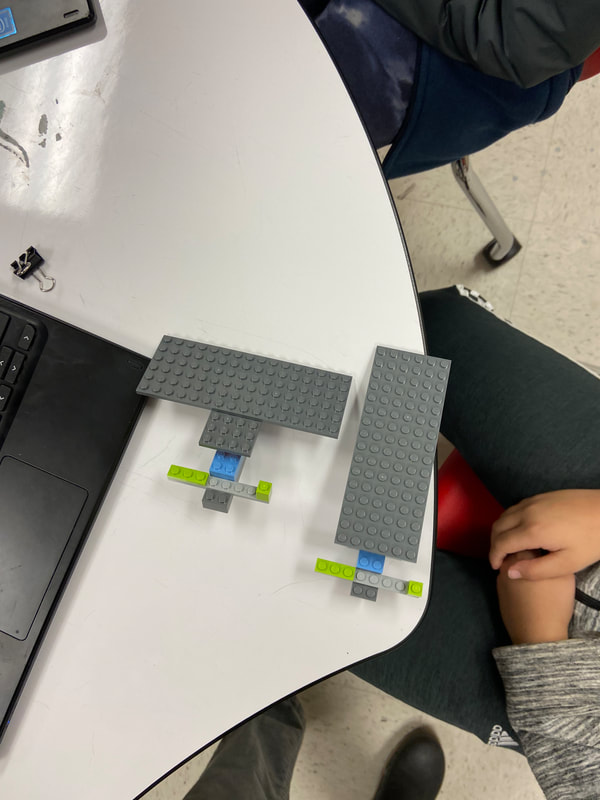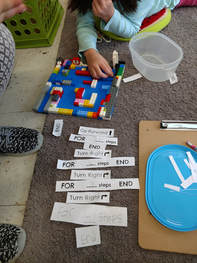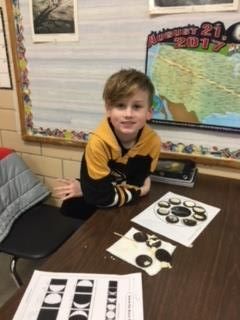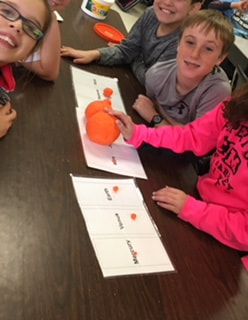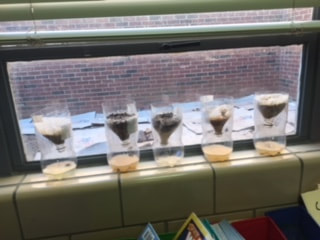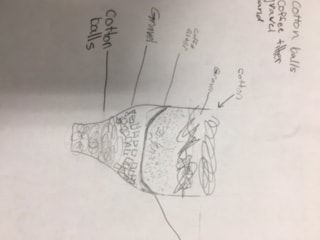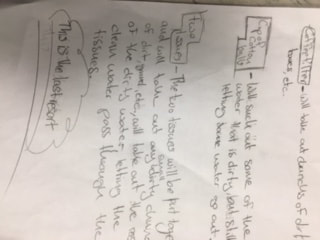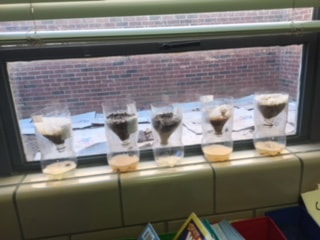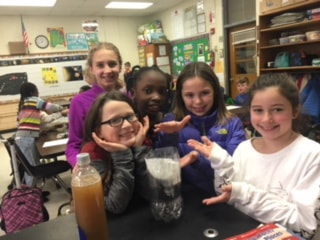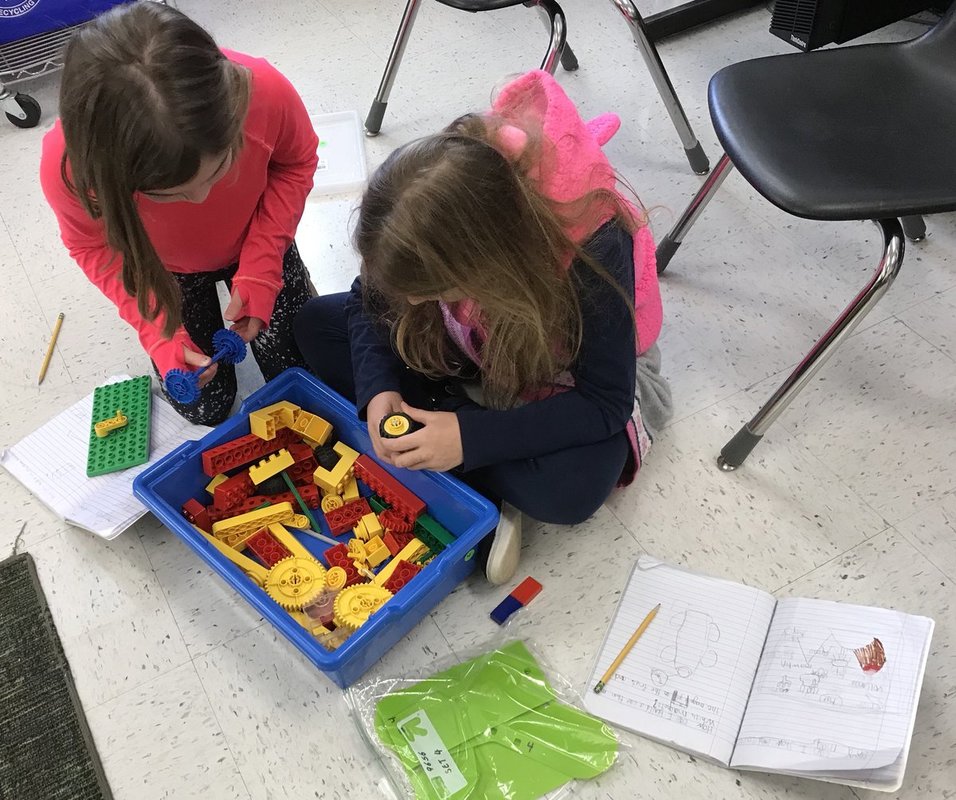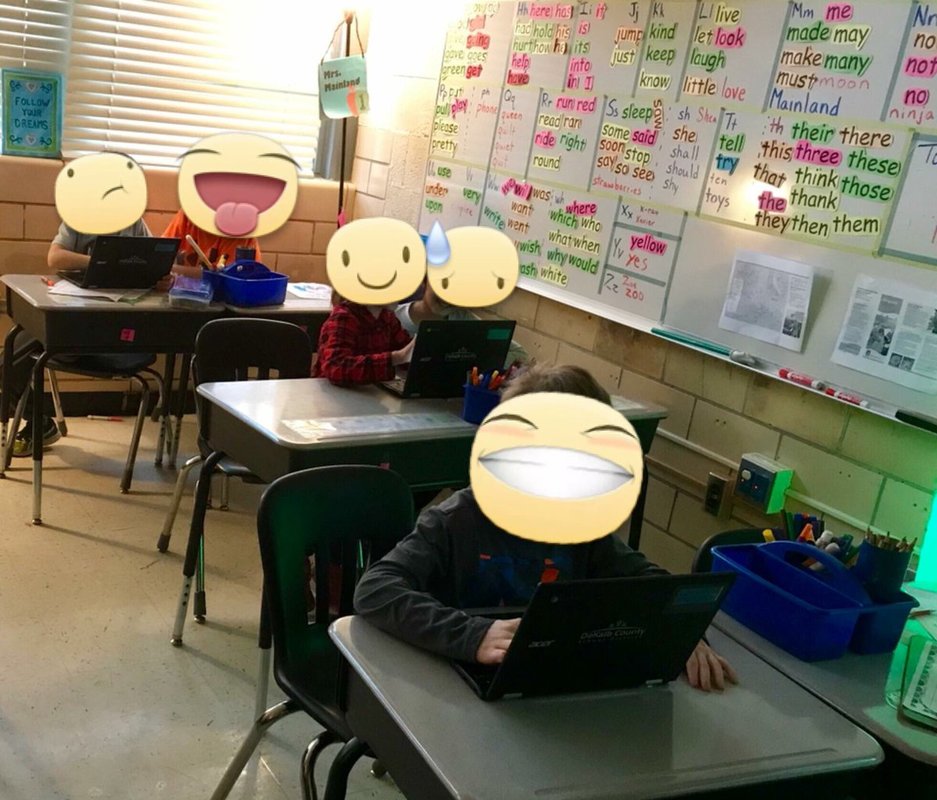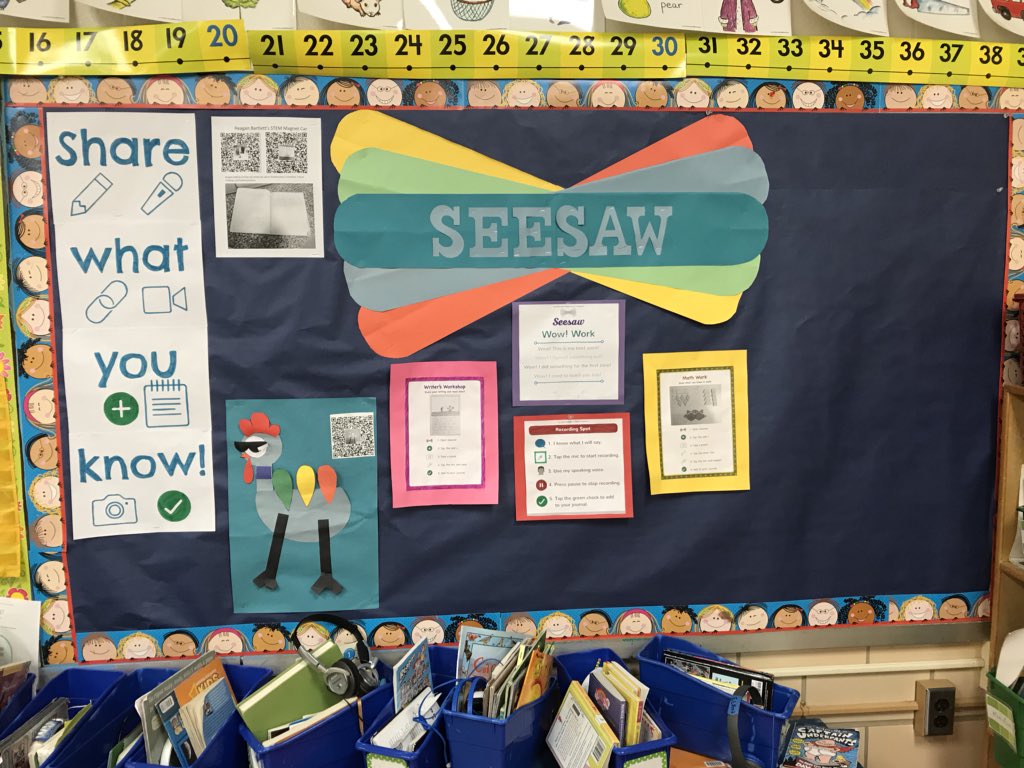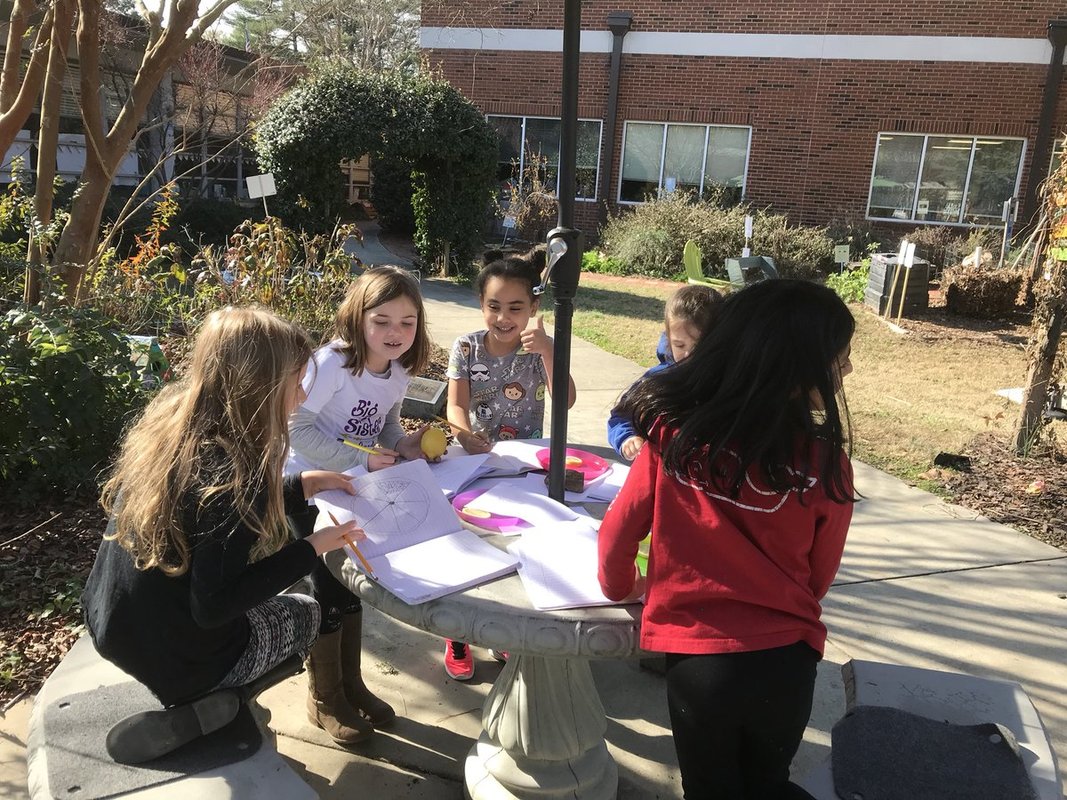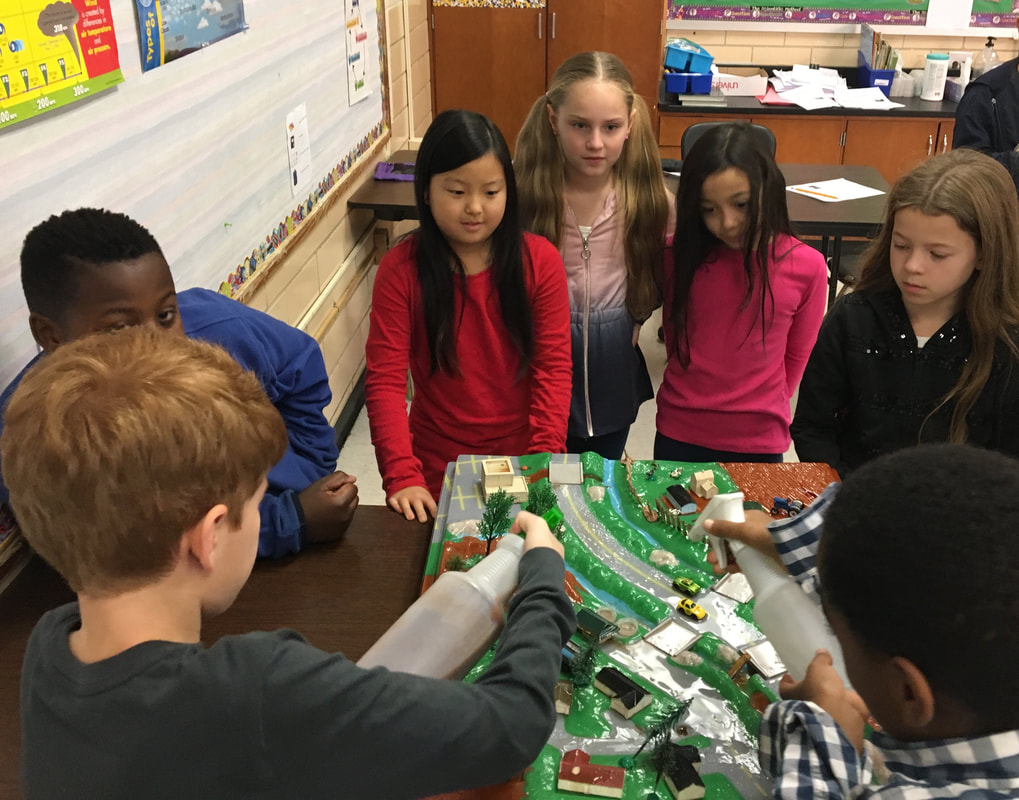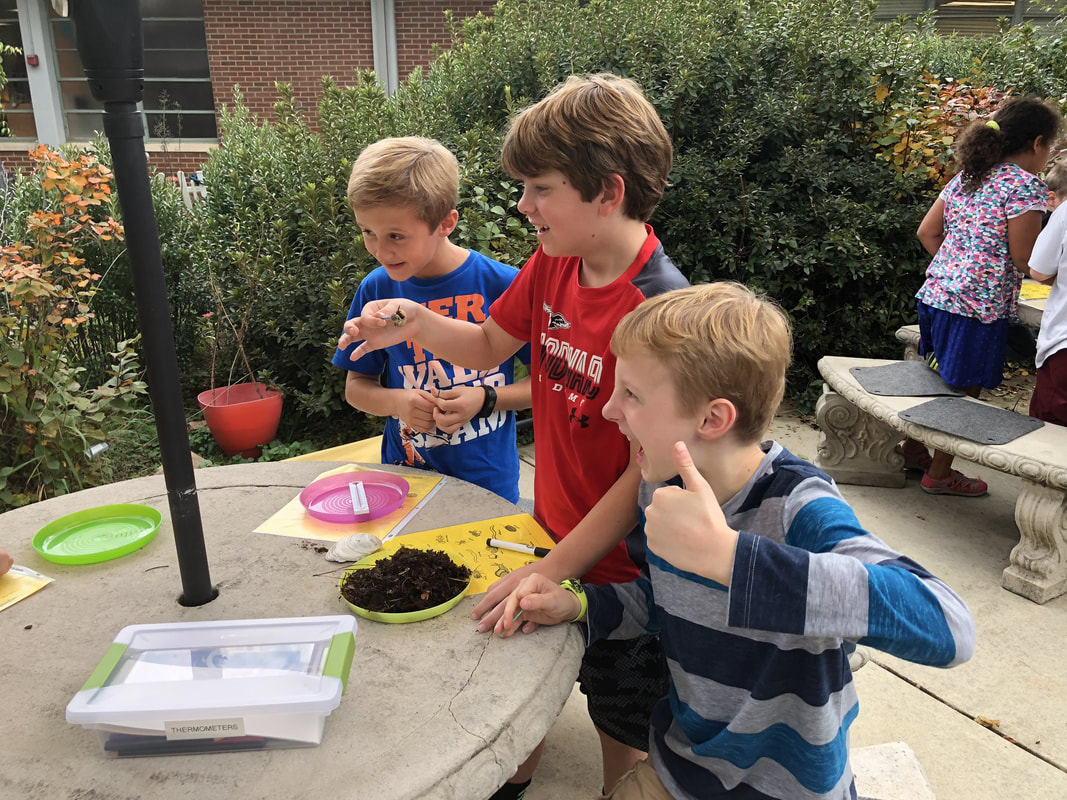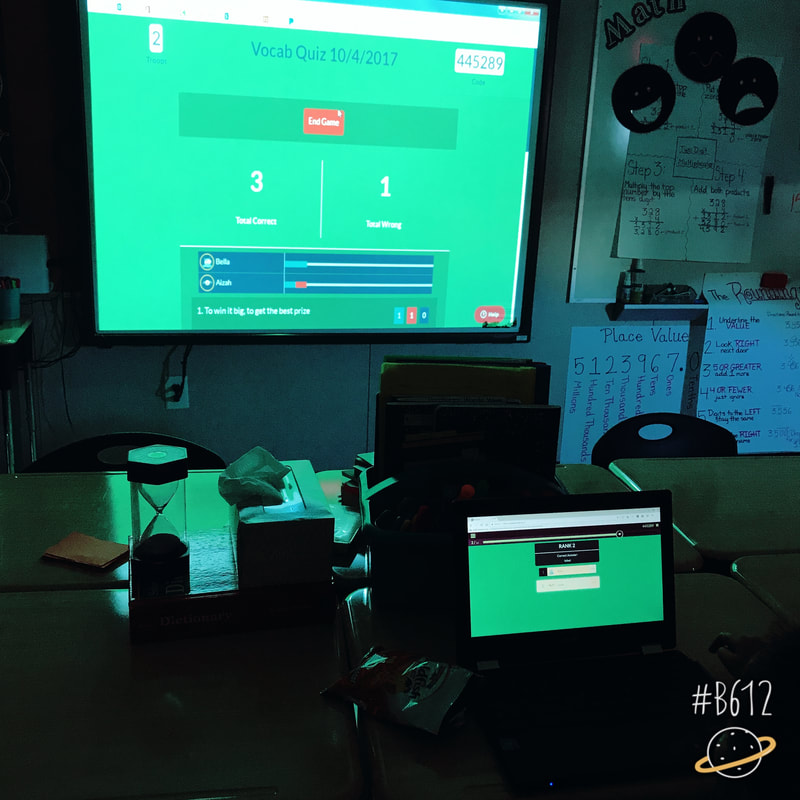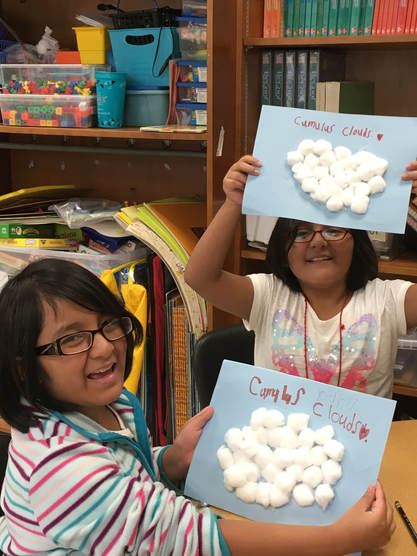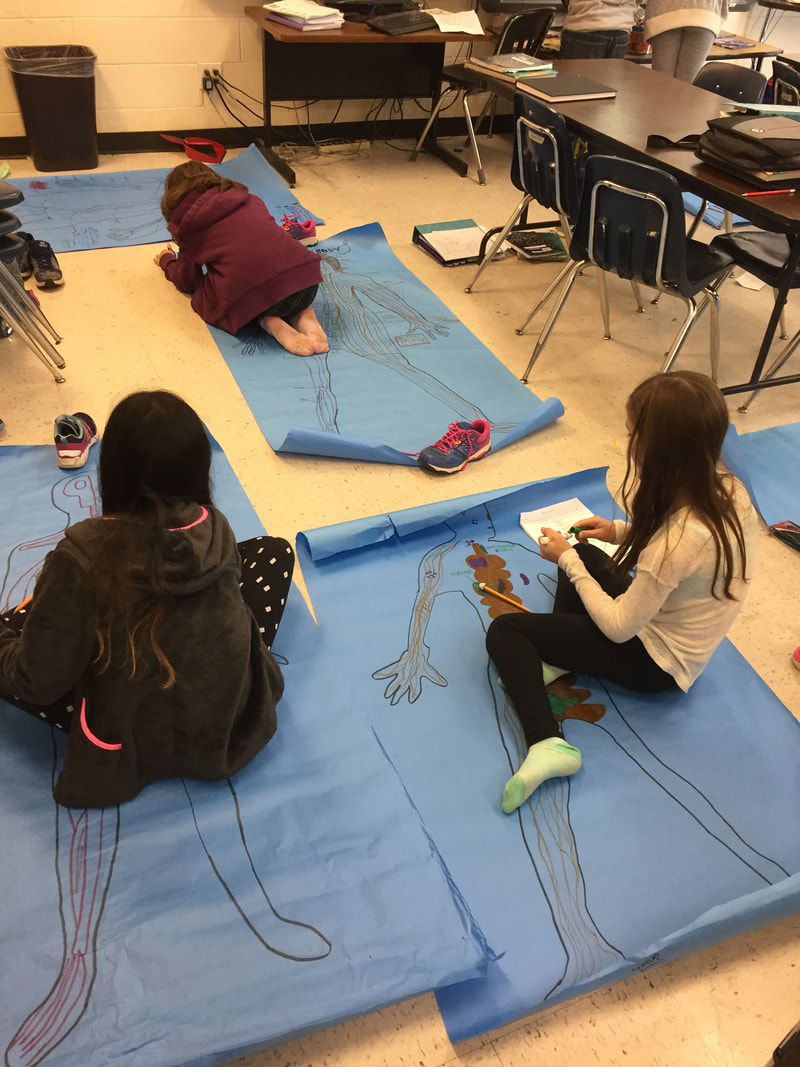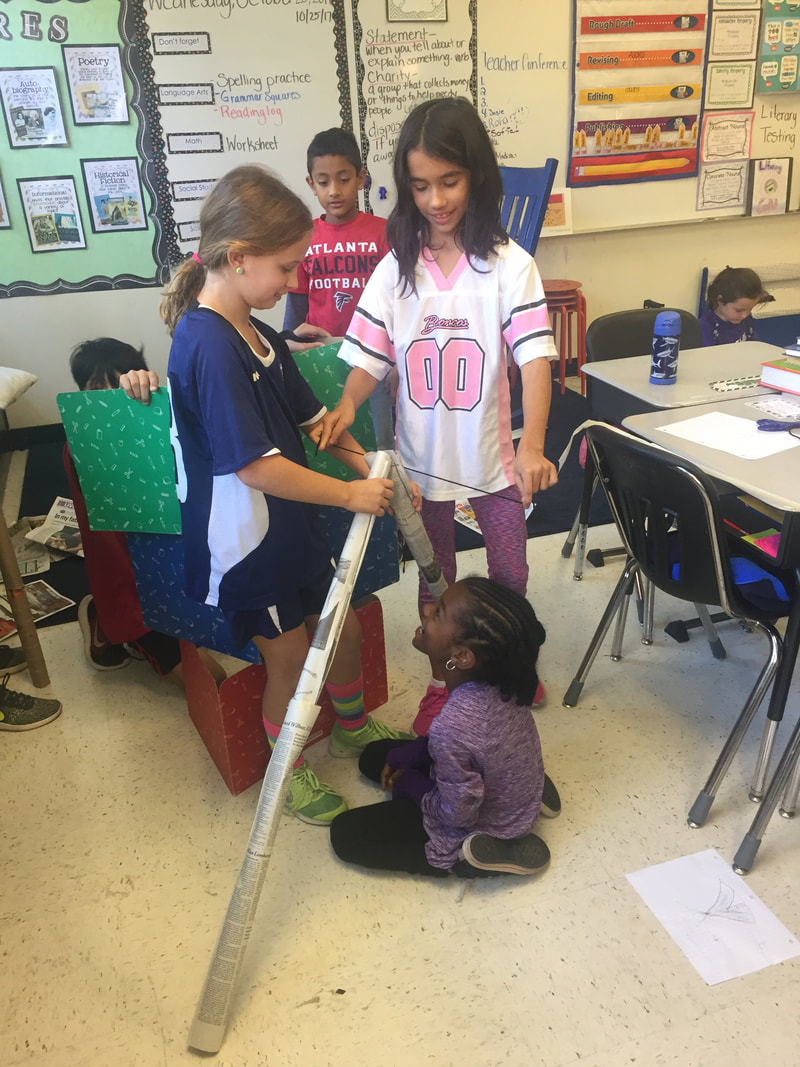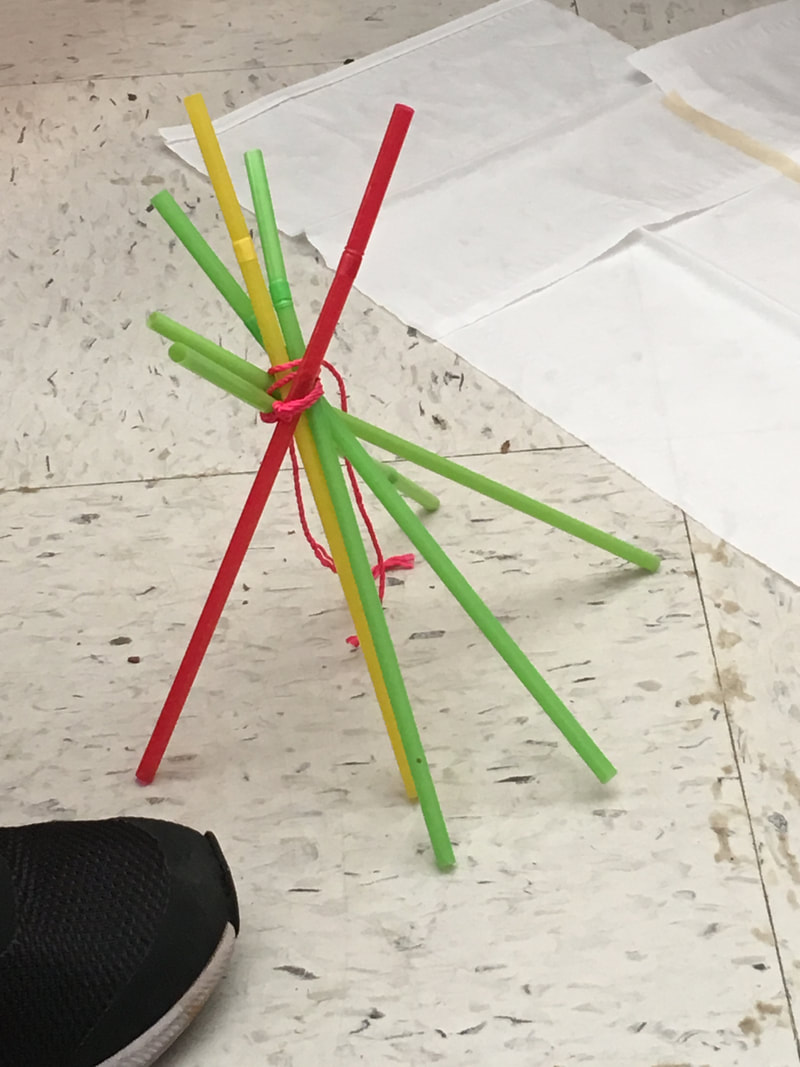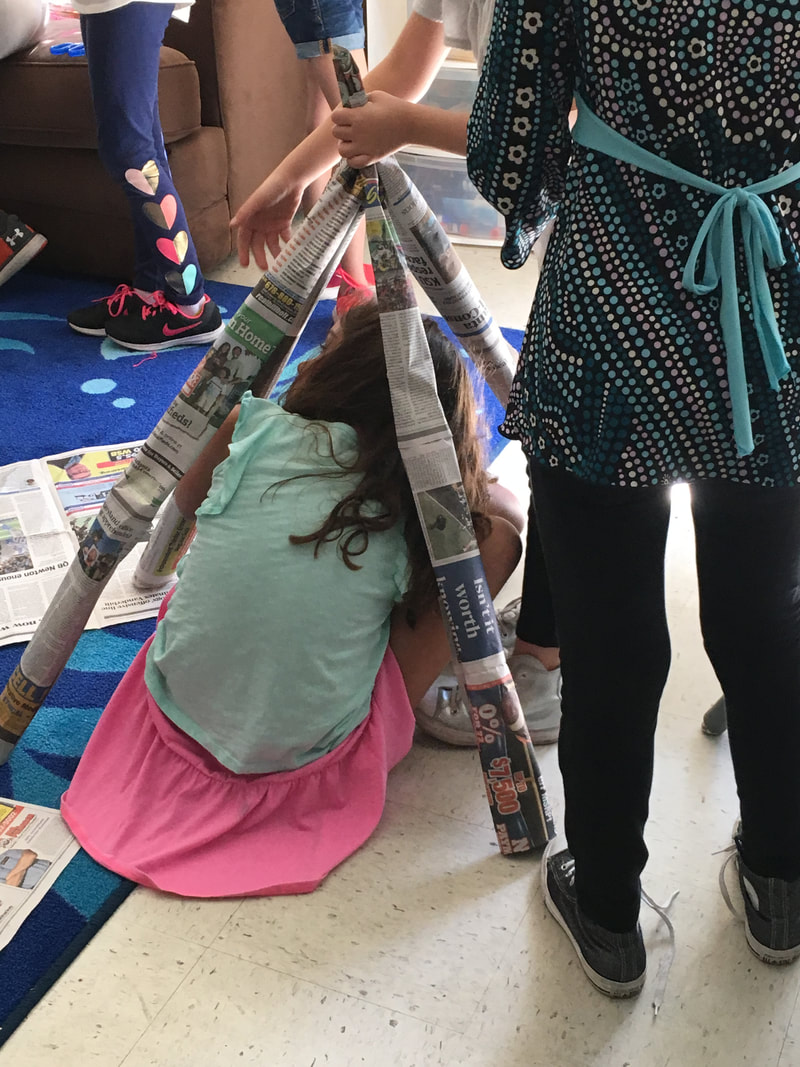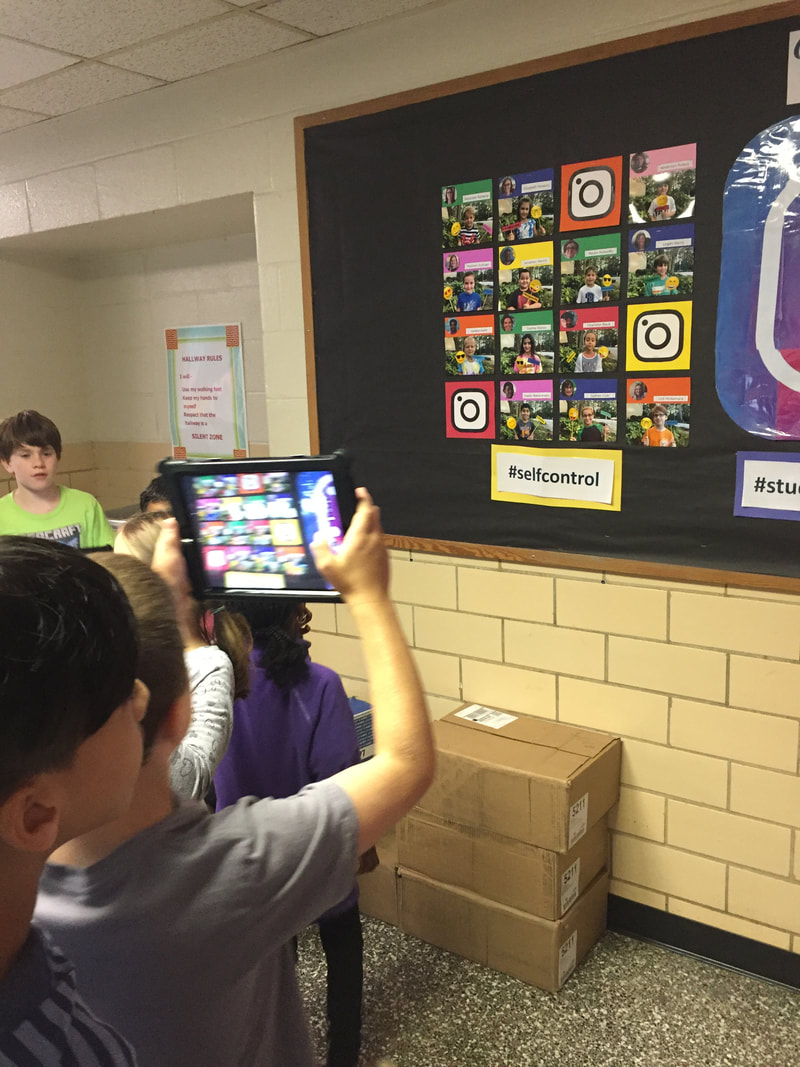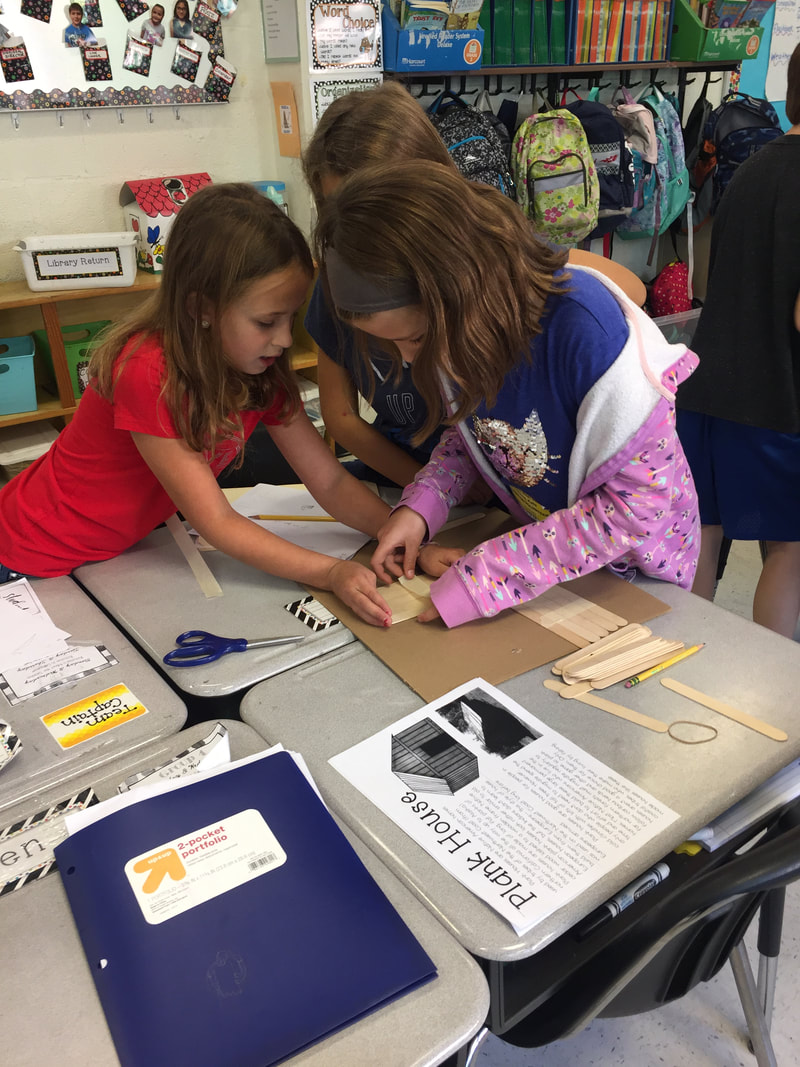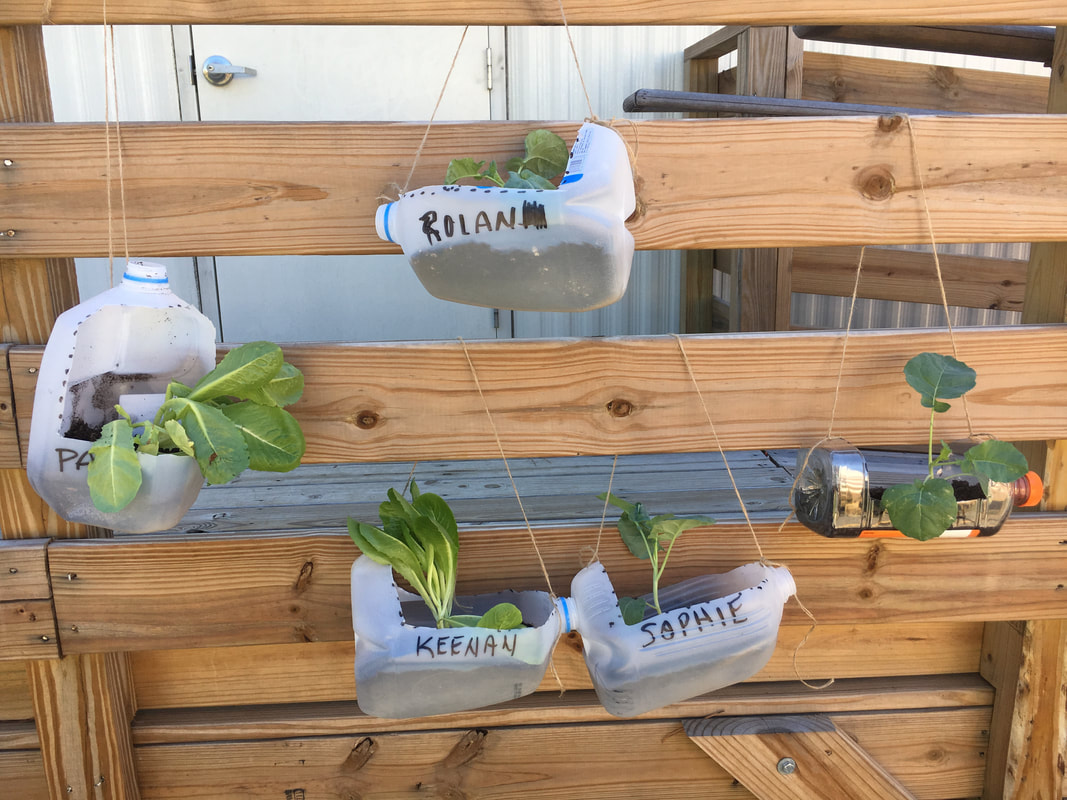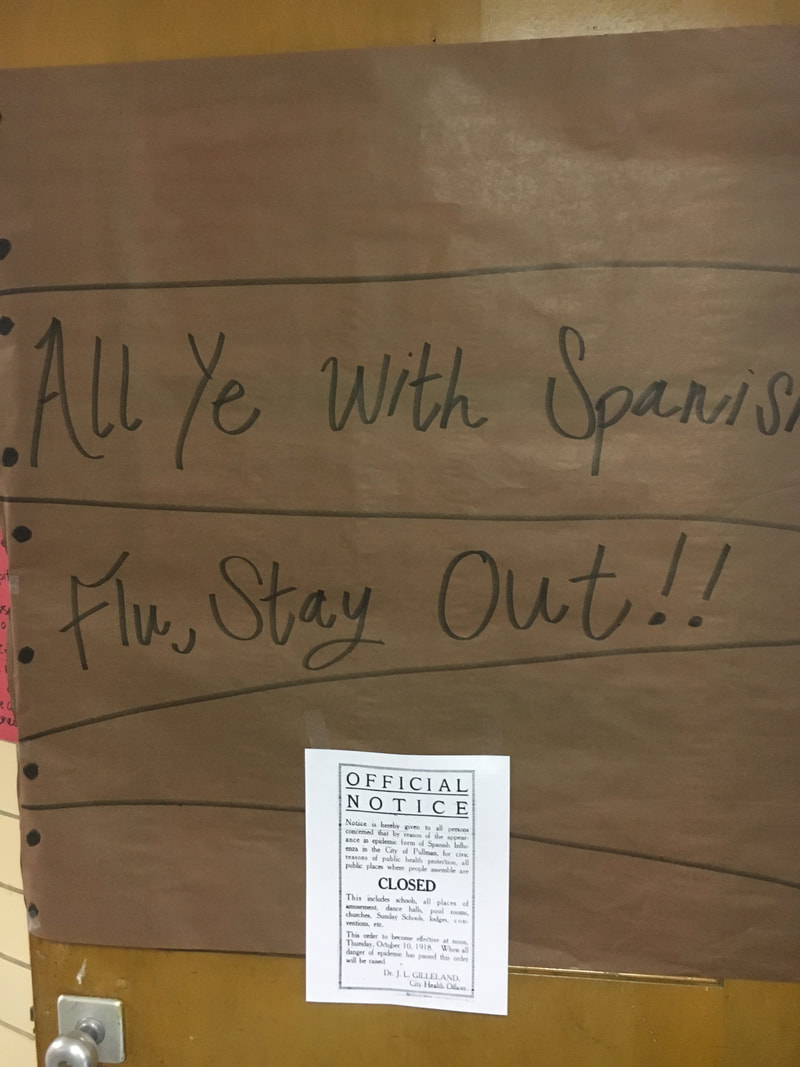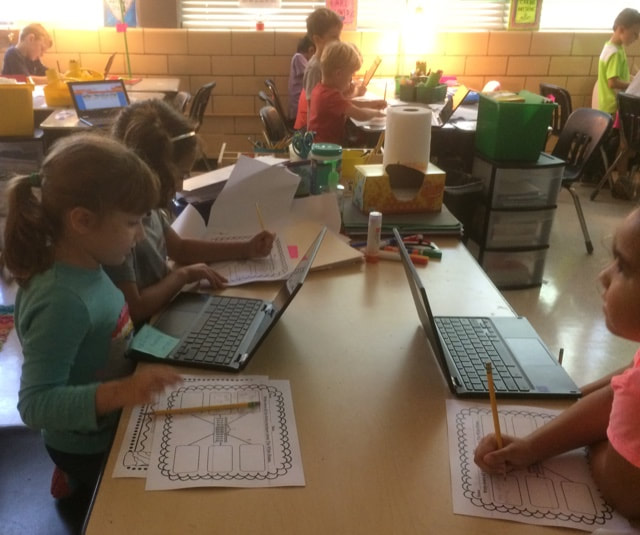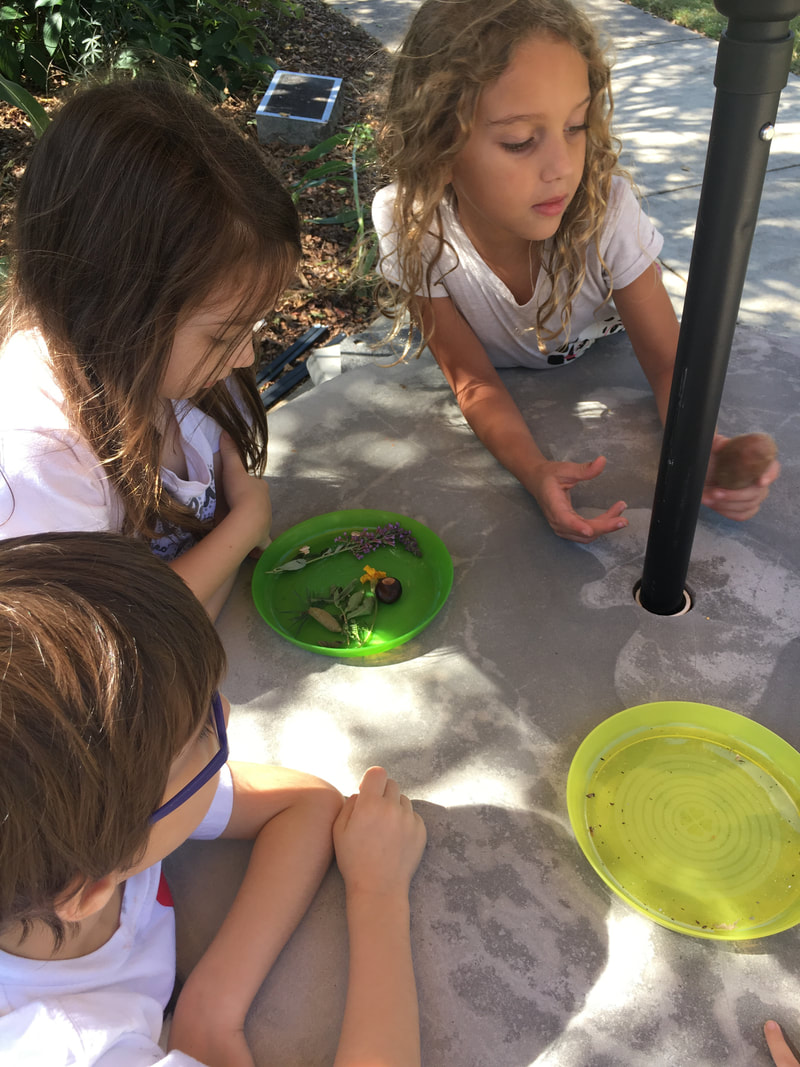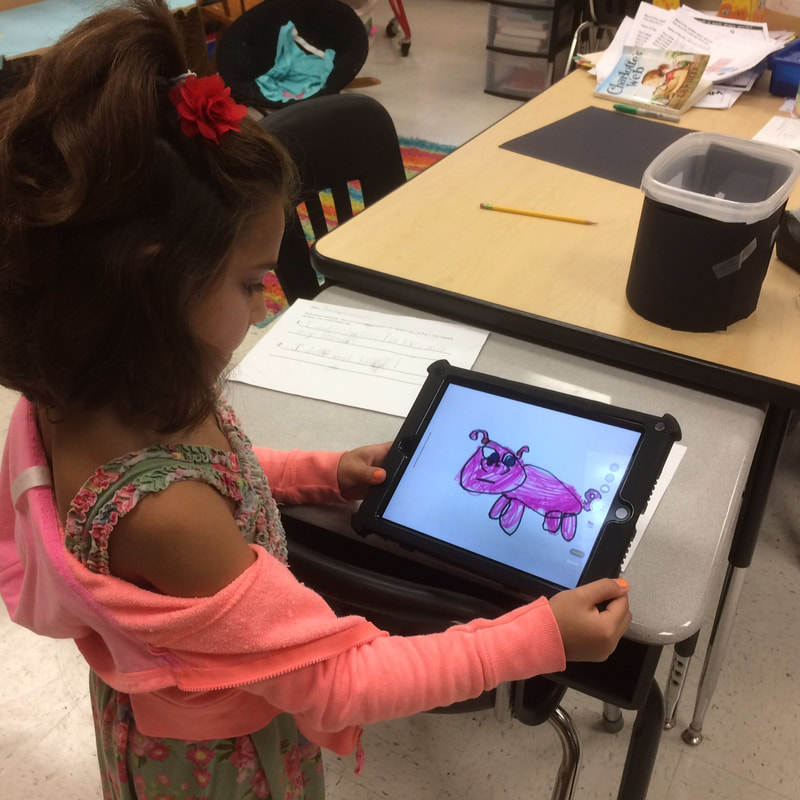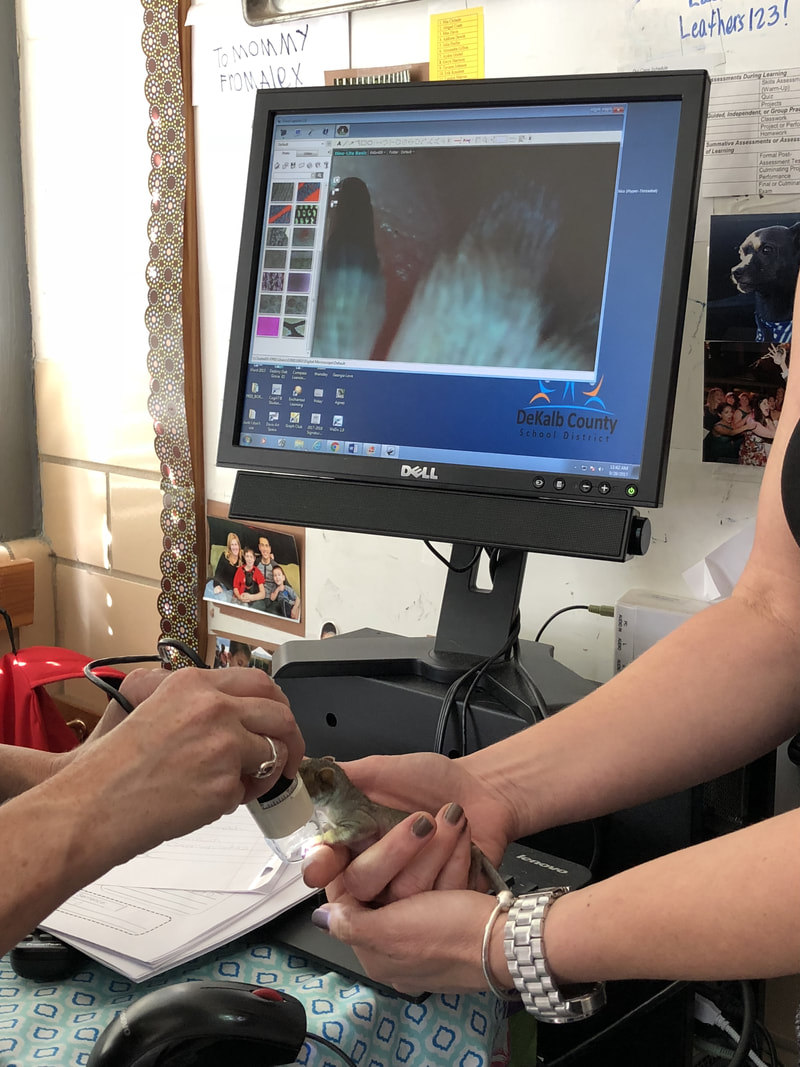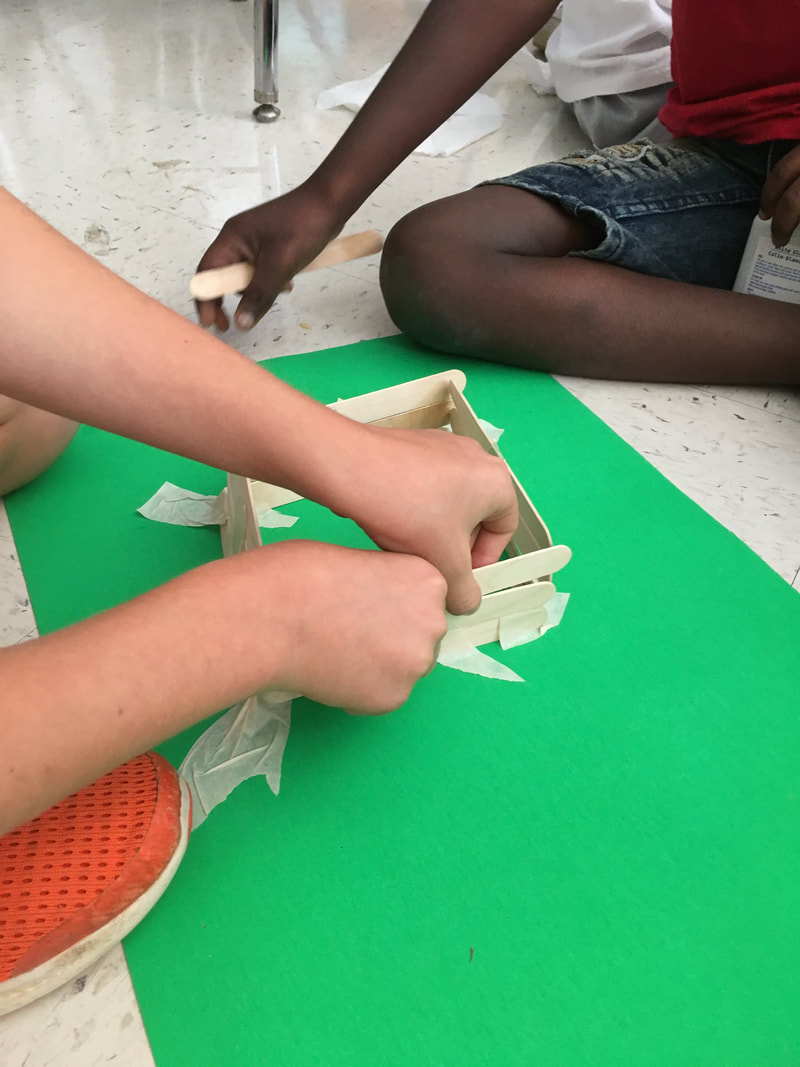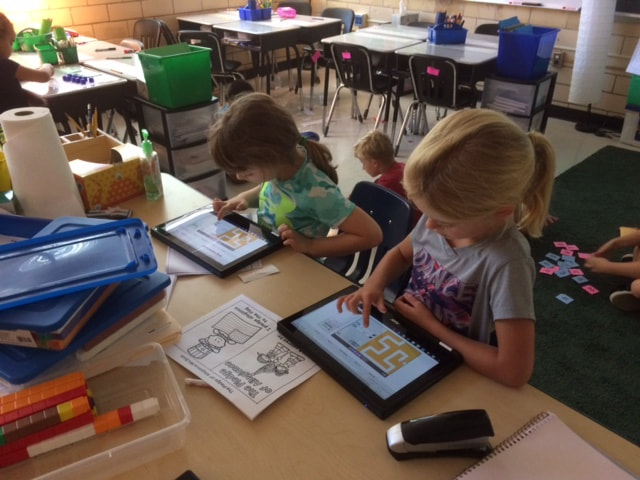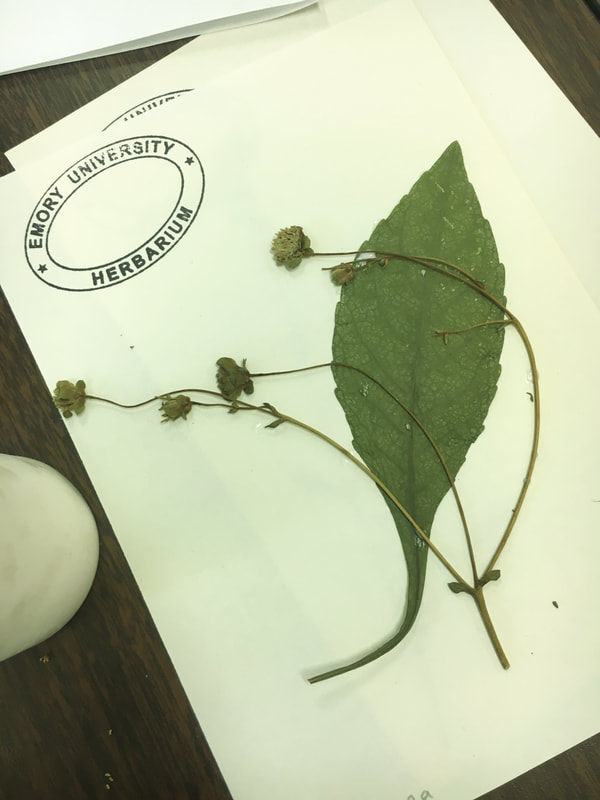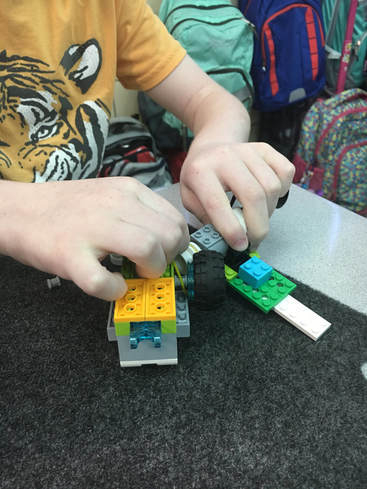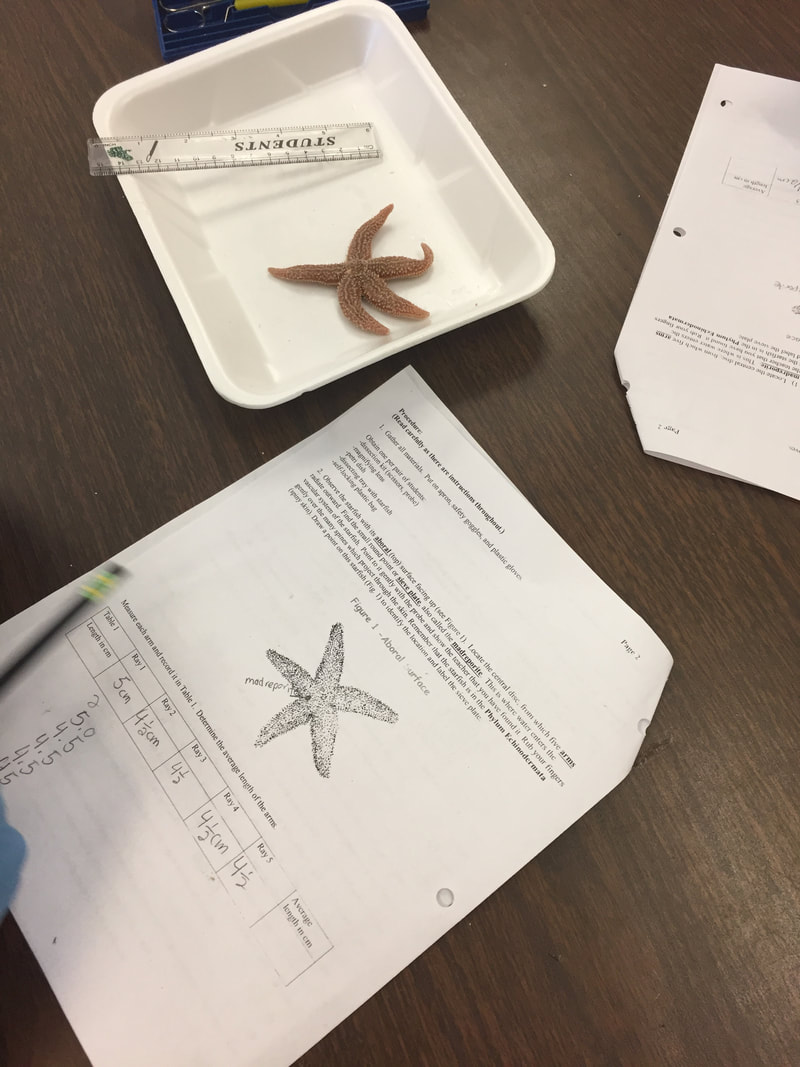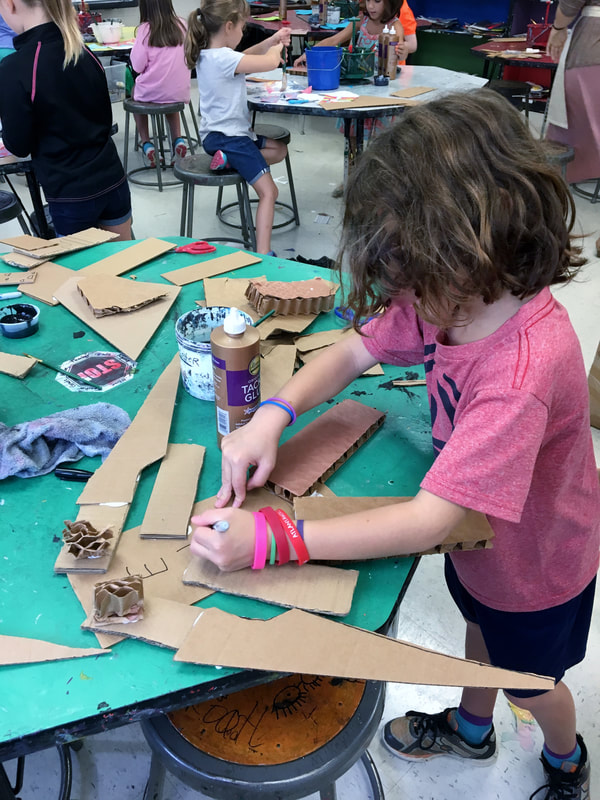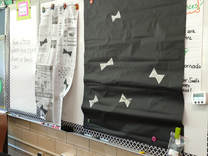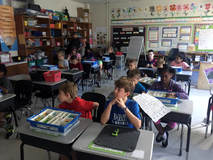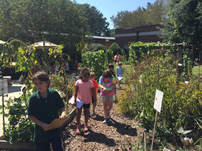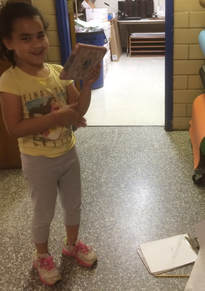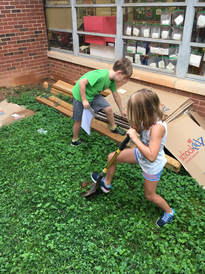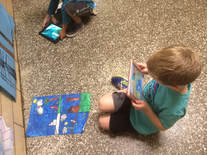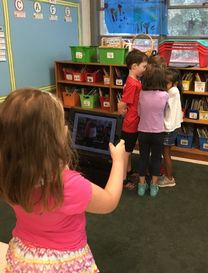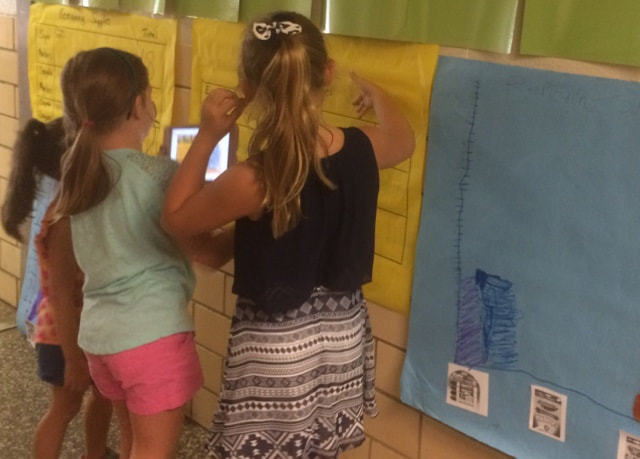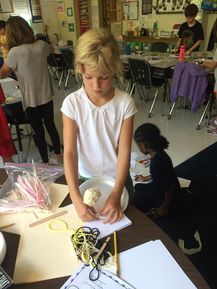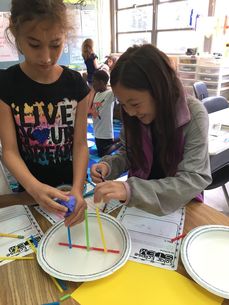- Home Page
- Teachers
- Birdsong Nature Trail Project
- Learning Garden
- The Beat
- Brick Film Festival
- STEM Dispatches
- Contact
- Natural disasters
- STEM Infusion
- Zero Waste Initiative
- StoryWalk
- Tulips
- Lego
- Bee Hotels
- MarshMadness
- Cognia Recertification
- MiniMuseum
- CitizenScience
- OutdoorLessons
- FatBear
- STEMtoGO
- Robots
- EiE
- Field Trips
- Caterpillars
- EngineersWeek
- LanternParade
- PollinatorCensus
- 10-10day
- ABCwalk
- OGEHerbarium
- 2023 Promotion
- Eclipse
- Dot Day
- Class2024Project
- MakerSpace
- Soil Your Undies
- #OptOutsideOakGrove
- HourofCode
- RenttheRock
- Teachers
- Teachers
- strawberry
- Home Page
- Teachers
- Birdsong Nature Trail Project
- Learning Garden
- The Beat
- Brick Film Festival
- STEM Dispatches
- Contact
- Natural disasters
- STEM Infusion
- Zero Waste Initiative
- StoryWalk
- Tulips
- Lego
- Bee Hotels
- MarshMadness
- Cognia Recertification
- MiniMuseum
- CitizenScience
- OutdoorLessons
- FatBear
- STEMtoGO
- Robots
- EiE
- Field Trips
- Caterpillars
- EngineersWeek
- LanternParade
- PollinatorCensus
- 10-10day
- ABCwalk
- OGEHerbarium
- 2023 Promotion
- Eclipse
- Dot Day
- Class2024Project
- MakerSpace
- Soil Your Undies
- #OptOutsideOakGrove
- HourofCode
- RenttheRock
- Teachers
- Teachers
- strawberry
Great Southeast Pollinator Census - August 23, 2024
15th Anniversary of International Dot Day - September 15-ish
Fat Bear Junior - September 26-27, 2024
Parslay the Day - October Farm to School Theme (Parsley)
Fat Bear Week October 2-8, 2024
Earth Science Week October 13-19, 2024
National STEM Day - November 8, 2024
Geography Awareness Week - November 11-17, 2024
Hour of Code/Computer Science Week - December 9-15, 2024
International Lego Day - January 28, 2025
Engineers Week - February 16-22, 2025
Georgia STEM Day - March 1, 2025
National Robotics Week - April 5-12, 2025
www.citynaturechallenge.org late April 2025
Brick Film Festival - TBD
LanternParade - TBD
#OptOutsideOakGrove -TBD
|
Teachers, click the button below to access the STEM Essentials checklist:
|
Teachers, click the button below to share your awesome STEM activities:
|
|
Click here for Citizen Science:
Click here for EiE:
(Engineering is Elementary) |
Click here for STEM to GO:
Click here for lego:
|
STEM LAB - Monthly Make Spacer
|
Click here for Experts database (password protected) coming soon
|
Click here for robots and other STEM resources:
|
|
Click here for STEM field trip opportunities:
|
Click here for outdoor (and indoor)
STEM lesson opportunities: |
PROFESSIONAL LEARNING AND CONFERENCES
Treemont Teacher Escape Weekends Sept 7-8, 2024, Sept 21-22, 2024
Zoo Atlanta Educational Soiree October 5, 2024 6-8pm
Georgia STEM Forum, Athens GA October 21-22, 2024
Outdoor Learning Symposium at GA Tech October 15, 2024
Georgia Educational Technology Conference November 6-8, 2024
Georgia Science Teachers Assoc Annual Conference Jan 30-31, 2025 in Columbus : georgiascienceteacher.org
EEA's Nature Inspired Learning Conference at Jekyll Island Feb 27-March 2, 2025
Project Wet, Wild Training https://georgiawildlife.com/projectwild#educator
Space Academy for Educators summer 2025
WW2 Museum STEM Innovation Workshop summer 2025
STEAM in the Park Summer 2025
National Air & Space Museum Teacher Innovator Institute
Sapelo Coastal Ecology Workshop summer 2025
Cornell K-12 Ornithology Education Retreat Summer 2025
STEMAPALOOZA - Summer 2025
Additional Resources
STEM DOCUMENTATION AND EVIDENCE
Click "Teachers: share your evidence" to be featured and entered in the gift card drawing
STEM Education is an interdisciplinary approach to learning where rigorous academic concepts are coupled with real-world lessons as students apply science, technology, engineering, and mathematics in contexts that make connections between school, community, work, and the world. This enables the development of STEM literacy. STEM students are collaborating, communicating, using critical thinking skills & creativity - all which are considered 21st century skills.
Students learning about plant and animal adaptations visited the Learning Garden to complete an adaptation scavenger hunt. The recent installation of the bog garden provided students with the opportunity to closely examine how carnivorous plants work, their needs, and how insects have discovered ways to escape the carnivorous plants. Samples from the school Herbarium also assisted students in understanding different plant adaptations and biomimicry.
|
Jan 23: 3rd-5th MOID students made mold fossils and then filled them to make cast fossils. The cast fossils are displayed next to the original shell in the mini-museum along with fossils identified for us by paleontologist Rachel Narducci at the Florida Museum
Dec 2022 During Hour of Code, Kindergarten did the Coding Gingerbread Man game- create a game to get the man to his house, write the code.
Nov 2022 Third graders playing lego bingo had to use visual, fine motor, and mathematic skills to identify arrays.
Oct 2022 K-2 MOID students had 2 sets of blocks one wooden and one paper with the characters from the story Room on the Broom. They had to balance the broom on the night sky then add the character blocks on the broom. They analyzed if the size, shape, weight, or color of the blocks would determine which would fit in the broom and which would weight too much or make the broom off balance and fallout of the sky. The students made a prediction on paper prior to placing the blocks on the broom.
Oct 2022 Fifth graders used different technologies to create a news broadcast for their final project after reading Tuck Everlasting!
During the Fat Bear Week, students used a dichotomous key, which is THE tool for classifying living things, to classify the Alaskan brown bear and the coho salmon, a keystone species to which the bear is forever linked.
Students worked in teams to show day sky and night sky, labeling 4 things found in each.
Oct 2022 Third Graders participated in the Symbolic Monarch Migration through the Environmental Education Alliance of Georgia. Students created individual Monarch butterflies that we mailed to students in Mexico to symbolize the actual Monarch migration that happens each year. We also sent one large monarch that represents our city and our school. In the spring, we will receive a package in return from the students in Mexico.
Oct 2022 Kindergarten used DOT candies and toothpicks to count, then designed and built an object.
Oct 2022 Fourth graders dissected owl pellets to discover what owls eat, and then constructed an apex predator food web in the form of an energy pyramid. They relied on this chart of bones to identify the animals in the owl diet.
Leading up to Fat Bear Week, students observe the bears in July vs Sept and calculated how much weight they may have gained,discussed food sources and what happens in Hibernation, and create a bear with cut paper. They also learned about Pacific salmon's life cycle and painted salmon.
|
Dec 2022 Did you know that all the water that we have is all the water that we will ever have? OGE parent and Environmental Engineer, Karen Durden, taught us how modern Water Treatment plants clean and filter wastewater so we have access to safe, clean water for drinking, cooking, bathing, and watering crops. Students demonstrated the process using a model.
Dec 2022 After learning about the Inuit, 3rd grade students researched and learned about the igloos they built. Students were then tasked with the challenge of designing and building an igloo with a tunnel opening made of only marshmallows and toothpicks.
Nov 22 Kindergarten EIE Kit - Raise the Roof:Protecting Penny. Students designed and built a shelter for the family dog that needs a shelter because it is too hot outside.
Oct 2022 4th graders used the EDP as well as their science knowledge about catapults to imagine, design, build, and modify a catapult that can launch a piece of candy corn the farthest.
The 3-5 MOID class created a model of a DNA strand. They used science to determine the makeup of the model as well as what each part of the model represented. The model incorporated art and students used math in determining the length of the nitrogen bases.
Oct 2022 Students learn about the vegetable spinach and all its amazing nutrients for our Farm to School Month partnership with Georgia Organics. We combined Andy Warhol’s soup can with Popeye the cartoon while learning the mathematic properties of a cylinder. Students were also introduced to the technology used in creating stencils and silk screening.
In Smith's PreK,they explored the STEM career of a veterinarian and learned all about types of medical services performed, tools that vets use, and the technology used in the veterinary field. Students are taking care of many different types of pets in our dramatic play center.
Students were challenged to create a den for their bear to hibernate in. They had to design,create,test,and improve dens that had an opening for their bears to go in and out of, they had to be sturdy, and be able to weather a "winter storm".
Students collected acorns and learned about the oak tree life cycle, used their acorns and playdoh to create something,then used a simplified STEM sheet that asked if their idea worked and what they would change.
Resource students practiced adding, problem-solving, and applying place value skills as they build block towers in each challenge. They tried different variations to reach the correct height using all the blocks listed. Students then added up their unit blocks on the chart and then draw their towers on the Challenge sheet.
Sept 2022: Fifth graders used various types of microscopes and magnifiers while studying microbes. They also made their own slides of salt, sugar, pepper, and different types of sand, to compare at different magnifications.
|
|
SEPT 2022 In PreK, we had the exciting experience of raising tadpoles! When we first got them from a pond, they were teeny-tiny. We fed them special tadpole food and checked in on them daily to see how they were changing. They very quickly grew much bigger, and suddenly, they started sprouting tiny little legs. We read non-fiction and fiction books about tadpoles to help us learn about the process. Eventually, the tadpoles got their front legs, and the tails begin to shrink. They loved to climb up the sides of the habitat and hide under the lid. When most of them had developed into frogs, they were returned to their original pond. - Amy Smith
|
SEPT 2022 Smith's PreK has a new center this year! The "I can build it" STEM center has 3 main components - build a habitat, engineering with found materials, and timed block building. The students are currently building habitats for dinosaurs using a variety of materials - pebbles, larger rocks, wood slices, moss, and real/faux plants. Students can create different habitats for dinosaurs based on what they know about meat eaters and plant eaters. Students are also exploring how to take found objects like cardboard or recycling materials and also use the art center to create new things. Our first creations were robots!
|
|
SEPT 2022 Students pretended that they were accidentally taken by aliens and needed to be returned to their home. The aliens only had sheets of paper. They didn't know what scissors were. The students had to create a map of the continents and oceans using no scissors, just their hands to tear. - Desiree Brooks
|
Technology in a Bag! Students investigate random items to determine which ones represent technology and which ones don’t. Keeping in mind that technology simply means solving a problem, they eventually realize that all of the items represent technology, including the bag itself. - Joye Hopkins
|
SEPT 2022 Dot Day STEM Challenge: Following the steps of the EDP, each 4th & 5th grade student transformed a paper plate into a long strip. So many different ways to tackle this, and the longest strips were longer than anyone expected. Great fun! - Joye Hopkins
|
Sept 2022 P.E. - "Dicey Situation" from PEtotheMaxII by JD Hughes - a fast-paced, exciting fitness game used to practice locomotor, non-locomotor, and pathway skills. Students practice and reinforce number recognition, number comparisons, and are able to recognize the differences between greater than, less than, more, less, high low, and equal to through the frame of Dicey Situation.
International Dot Day - Kindergarten through 5th Grade Health & Physical Education classes used common Physical Education equipment and the Engineering Design Process to create "The Dot" -inspired art. - Tait Anberg |
Sept 2022 For Dot Day, third grade students were challenged to create the largest tower using only index cards and dot stickers. The students used the STEM process the complete challenge. - Kelly Albright
Dot Day Graphic Design. Students used Google Tools to create a design using only circles.
|
|
SEPT 2022 Fourth grade investigating biotic and abiotic features of our nature trail ecosystem. Using signage, guidebooks, and our own senses to list as many producers, consumers, and decomposes as we can see and hear.- Joye Hopkins
|
SEPT 2022 Estimation Stations: Students used various tools to estimate height, distance, volume, quantity, etc. And then found the actual measurements to see how close their estimates were. Plus a great discussion of why we need standard measurements. Fun had by all. - Joye Hopkins
|
|
SEPT 2022 - Students learned about the water cycle by making rain in a baggie and learned double digit addition with regrouping using lego blocks -Renn McClintic-Doyle
|
AUG 2022 3rd-grade students learned about the RACE strategy. Then, made a PowerPoint on the topic as a team. Everyone had an individual job/role to play. Students' jobs were based on their strengths. Students wrote down problems and solutions they faced during the project. Students designed their own race cars to match the theme of RACE strategy. We then took a picture of each design and uploaded them onto google slides. Please scan the QR code to see the completed PowerPoint. The students were very proud of their work.-Javon McKay
|
AUG 2022 Third, Fourth, and Fifth graders participated in the Great Georgia Pollinator Census - a citizen science project contributing to pollinator conservation.
|
AUG 2022 Kindergarten students learn to log into a tablet. -Noel Mainland
|
AUG 2022 Aftercare students were asked to build something using the LEGO construction set. Without any directions to follow, students worked together to make working gears. -Javon McKay
Smith, Mar 02
Pre-K created a digital book containing shapes found around the building. www.canva.com/design/DAE51q0cJls/W4VPqRlWD_rCfxGWD5x5rg/view?utm_content=DAE51q0cJls&utm_campaign=designshare&utm_medium=link&utm_source=sharebutton#13 |
|
Wilder, Feb 15, 2022
Bringing the Berlin Airlift to life with engineering. 5th grade kids flew food, medicine, and other supplies to the residents of war-torn Berlin, post WWII. |
|
|
Hopkins, January 28
"Happy international LEGO Day! Fifth graders are working in the Blind Build Challenge. One student builds something with a specific set of pieces, and then tries to describe the steps to their partner to see if they can replicate it exactly. It’s harder than you think. Give it a try!" |
|
Smith
Feb 15 Grade 3 A video of 3rd grade students planning the water source and usage for their PBL units. Our Aqua Adventure project through First Lego League is being tied into the PBL. https://photos.app.goo.gl/fCFWjSY2dQeXnrDI2 https://photos.app.goo.gl/WpB5ORoXknRCAzI03 https://photos.app.goo.gl/yuz4VsKrc6ie1D9e2 https://photos.app.goo.gl/UAlzASVVs4Ant3yd2 | ||||||
|
Koepke
Jan 5 Grade 4 "We did the Engineering Design Process with the following problem: How do we get dirty water clean? This is related to our current PBL about Rebuilding after Disasters, Hurricane Maria has caused a clean water shortage in Puerto Rico. Students worked alone and then in collaborative groups to develop a water filter that would clean dirty water. We revisited and made improvements after creating our models." |
|
Smith
Grade 3 Sept 26 "To help us learn about adaptations, parent (former science teacher) helped us with a lesson on how peppered moths adapted to fit the changing environment during the Industrial Revolution. Students explored how peppered moths used camouflage to blend in with lichen on trees but gradually changed to all black once trees were covered with soot from factories. They graphed data for pre and post Industrial Revolution and predicted how many moths adapted back to a cleaner, natural environment once standards were in place to cut down on air pollution." |
|
Mainland
Grade 1 September 6 "Students are learning about weather instruments. We are also learning about EDP. Students are grouped into planners, builders, and improvers. This girl has drawn plans for making an anemometer. She is taking a photo in Seesaw. Her team's builder will use her plans to make an anemometer." |
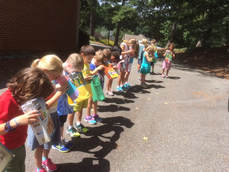
Mainland
August 18
"Students made pinhole viewers out of cereal boxes for the solar eclipse."
August 18
"Students made pinhole viewers out of cereal boxes for the solar eclipse."
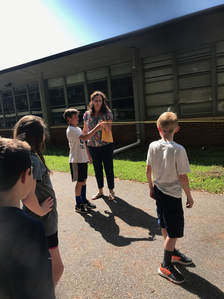
Hopkins
August 17
"We found the distances between earth , sun, and moon, and also size differences among earth, sun, and moon. Discovered why the tiny moon will cover the huge sun during the eclipse.
Quick review of circles, diameter, and radius to ensure sizes were correct to scale."
August 17
"We found the distances between earth , sun, and moon, and also size differences among earth, sun, and moon. Discovered why the tiny moon will cover the huge sun during the eclipse.
Quick review of circles, diameter, and radius to ensure sizes were correct to scale."
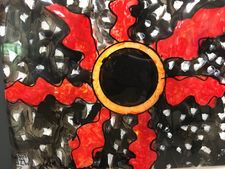
Deery
August 17
"We watched Mysteryscience.com. "Why are people making such a big deal about the solar eclipse?" We painted on transparencies with acrylic paint. Students included the sun and the moon during the eclipse phase. We will hang them in the front lobby windows."
August 17
"We watched Mysteryscience.com. "Why are people making such a big deal about the solar eclipse?" We painted on transparencies with acrylic paint. Students included the sun and the moon during the eclipse phase. We will hang them in the front lobby windows."
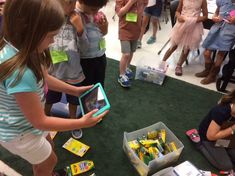
Mainland
August 7, First day of school.
"Students are sorting and counting school supplies at the beginning of the year. They take photos of the supplies with ipads to use in a brochure they will make."
Perfect!
August 7, First day of school.
"Students are sorting and counting school supplies at the beginning of the year. They take photos of the supplies with ipads to use in a brochure they will make."
Perfect!
Proudly powered by Weebly
